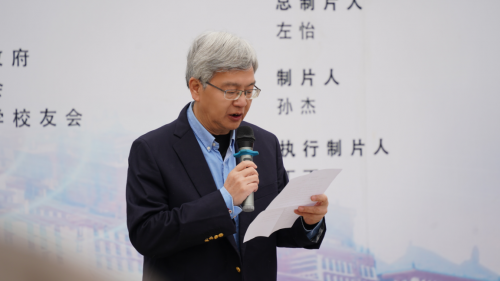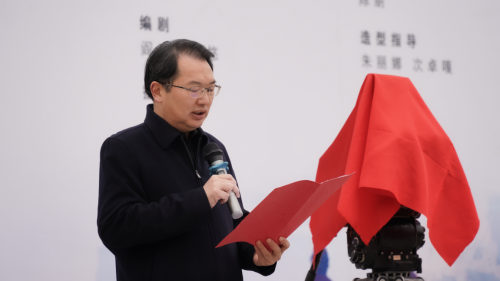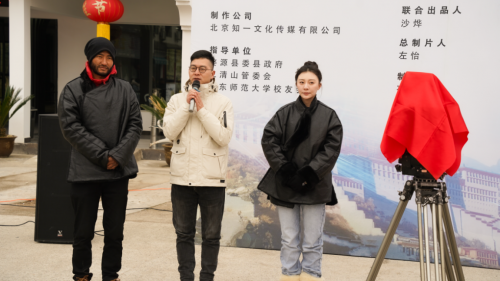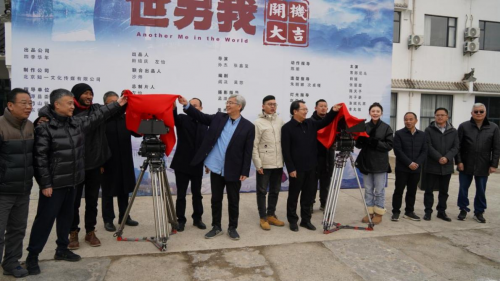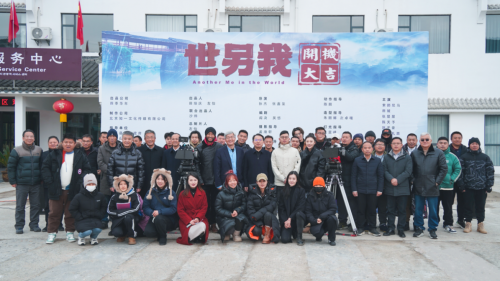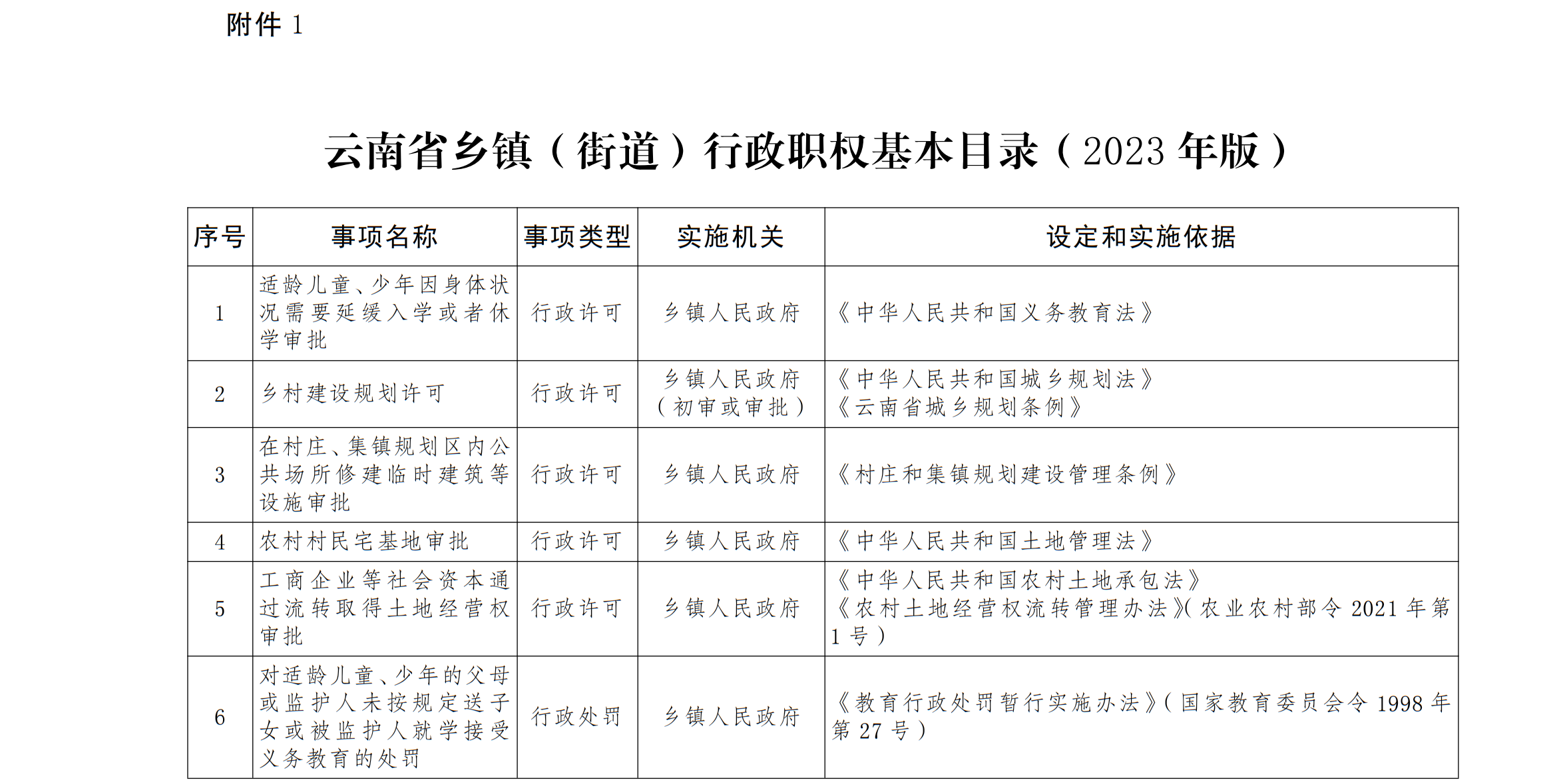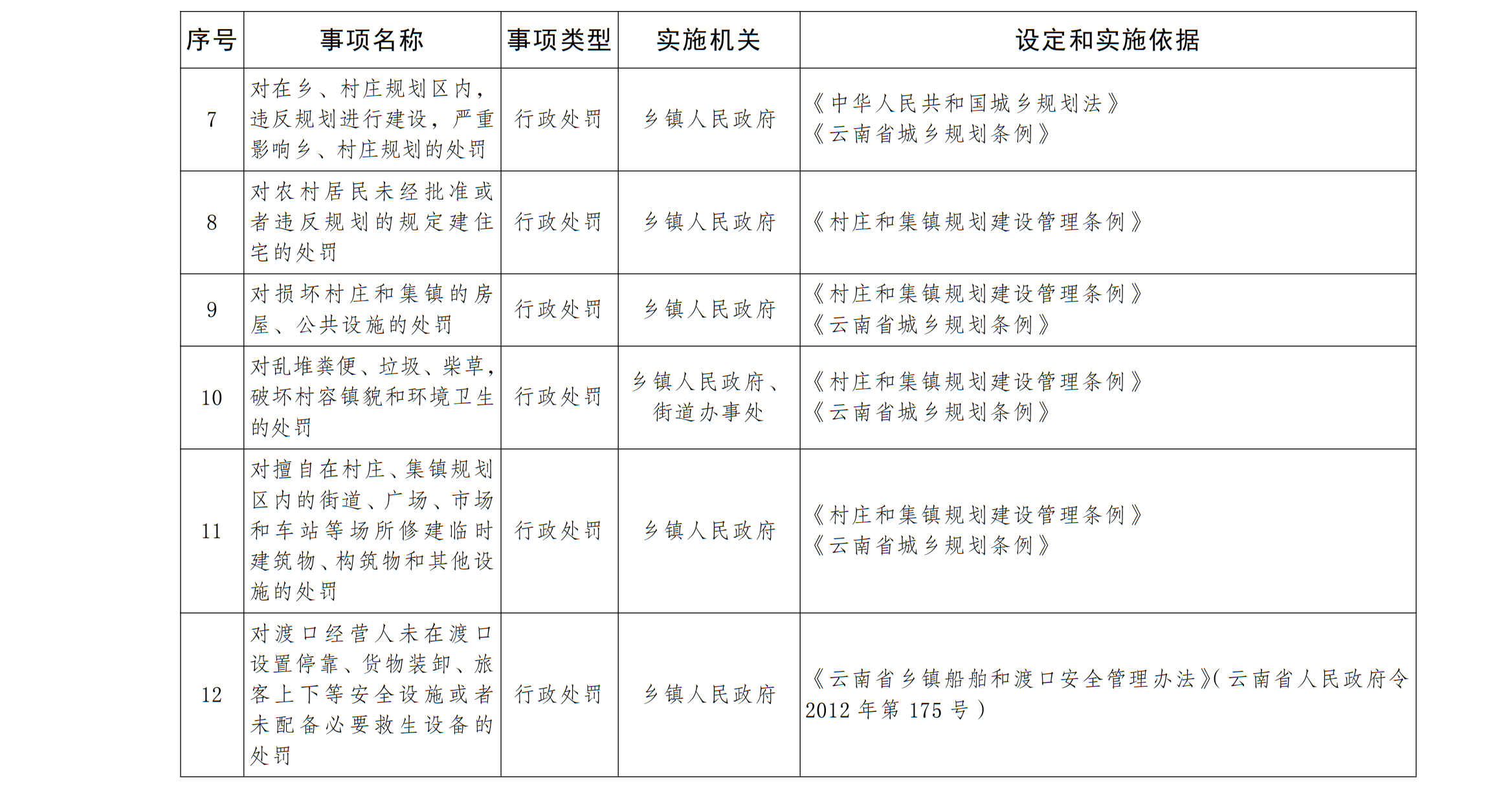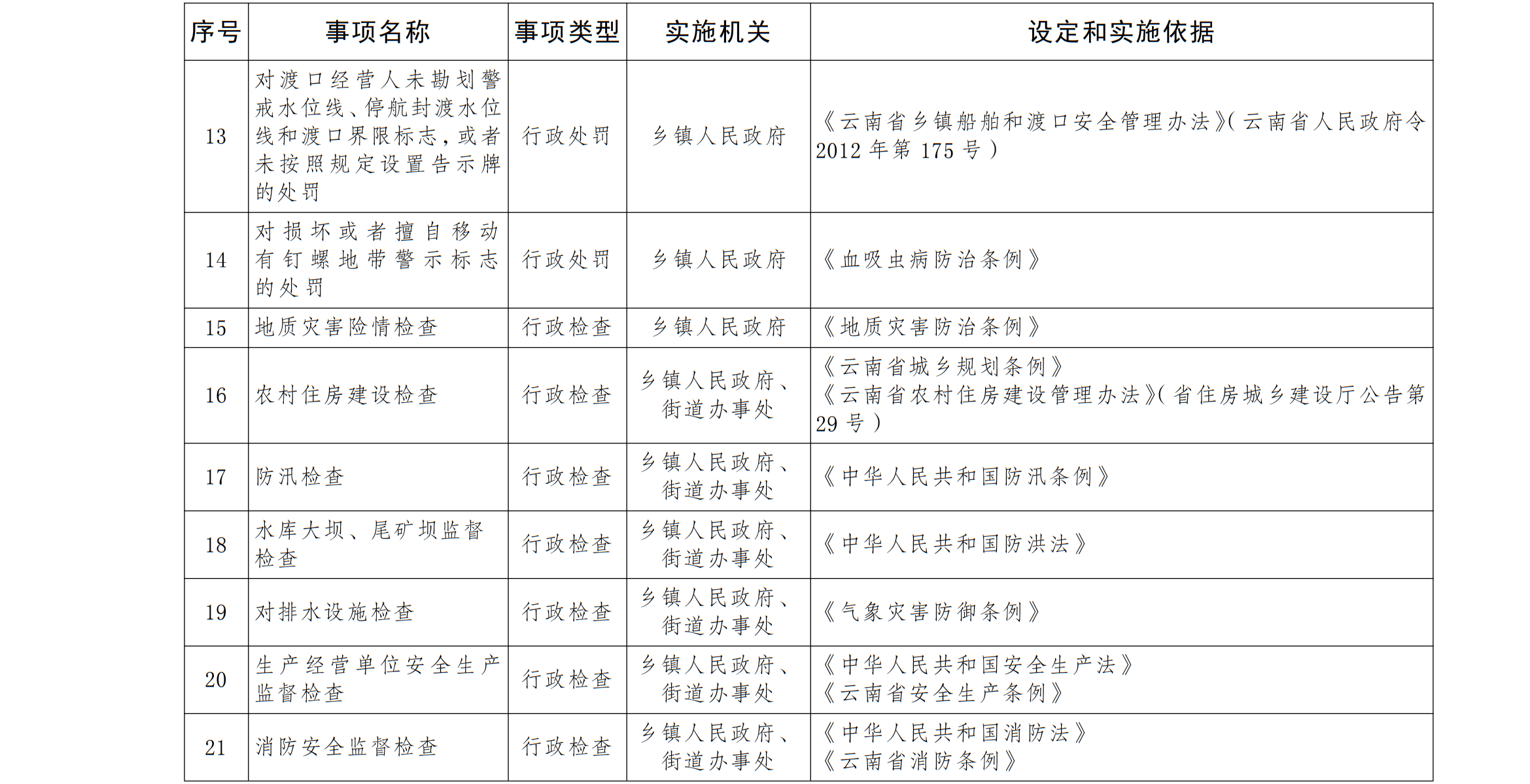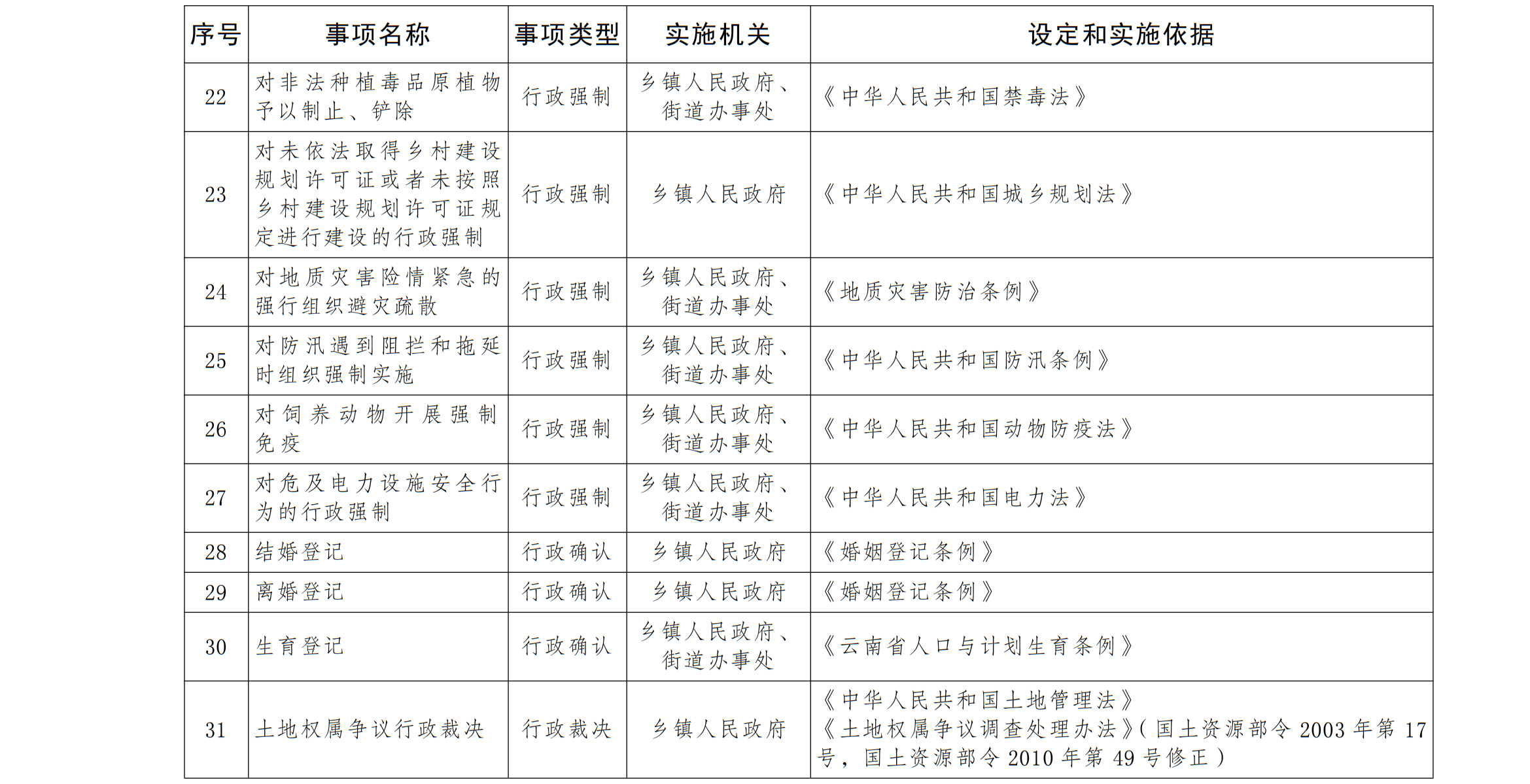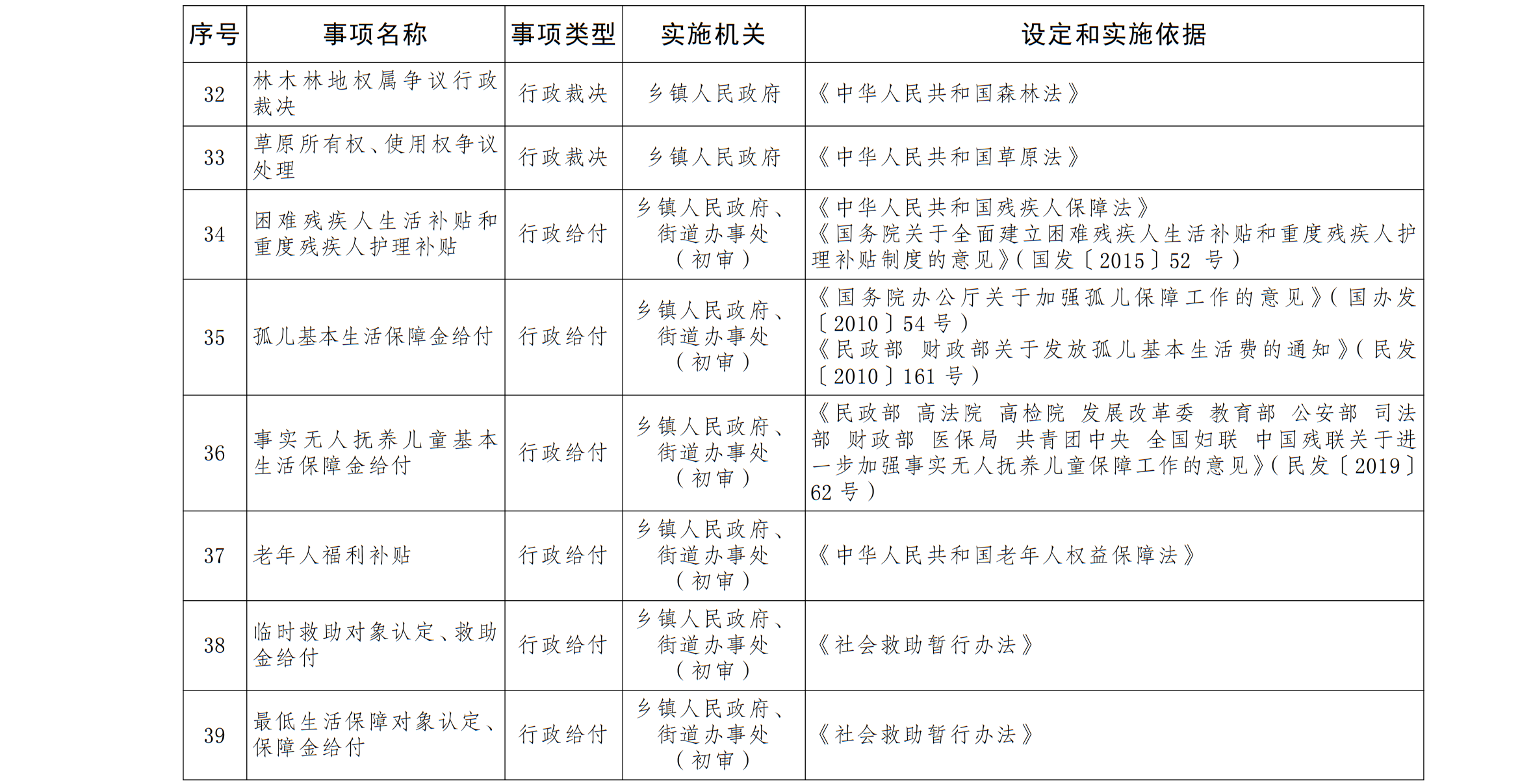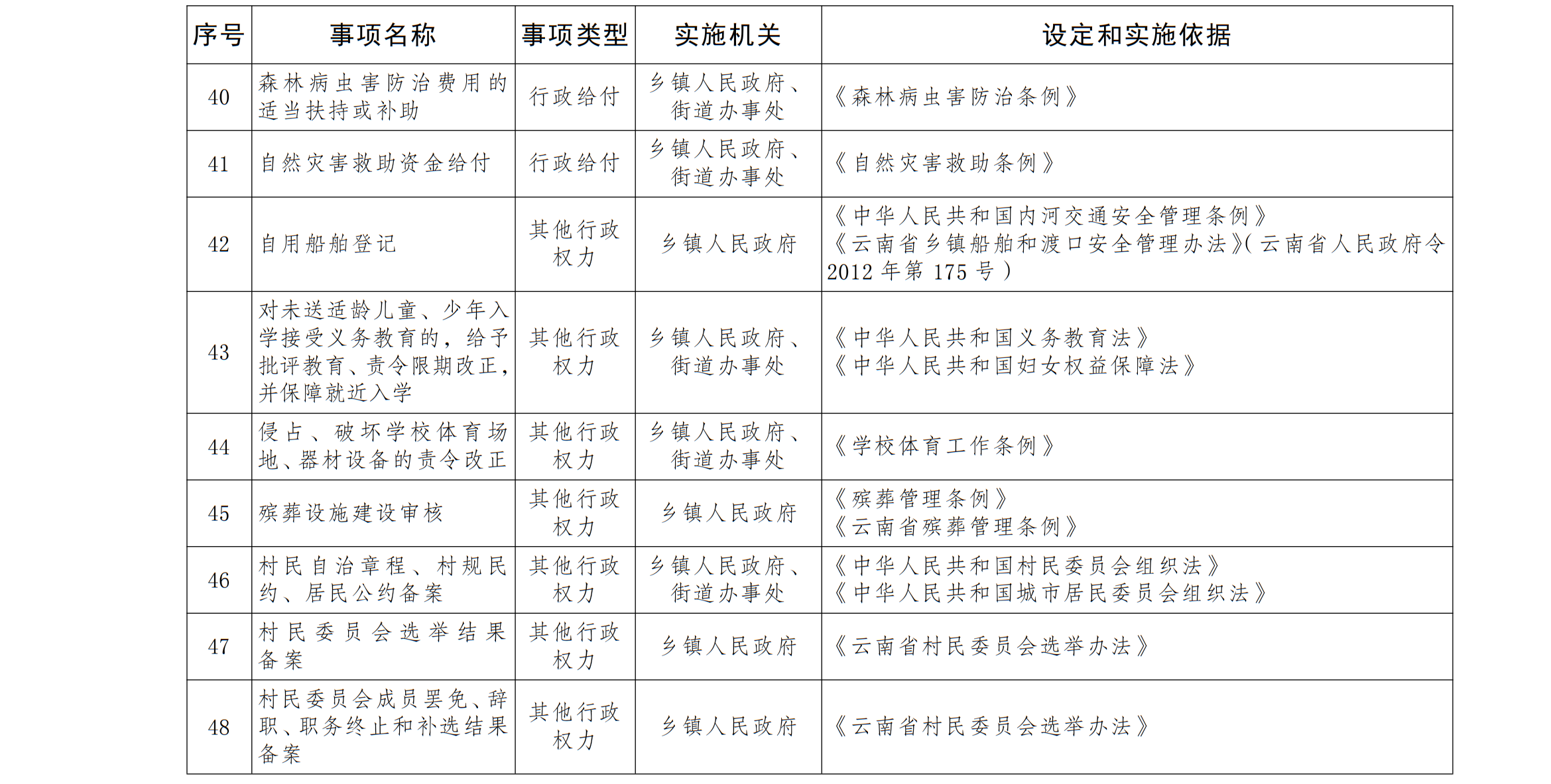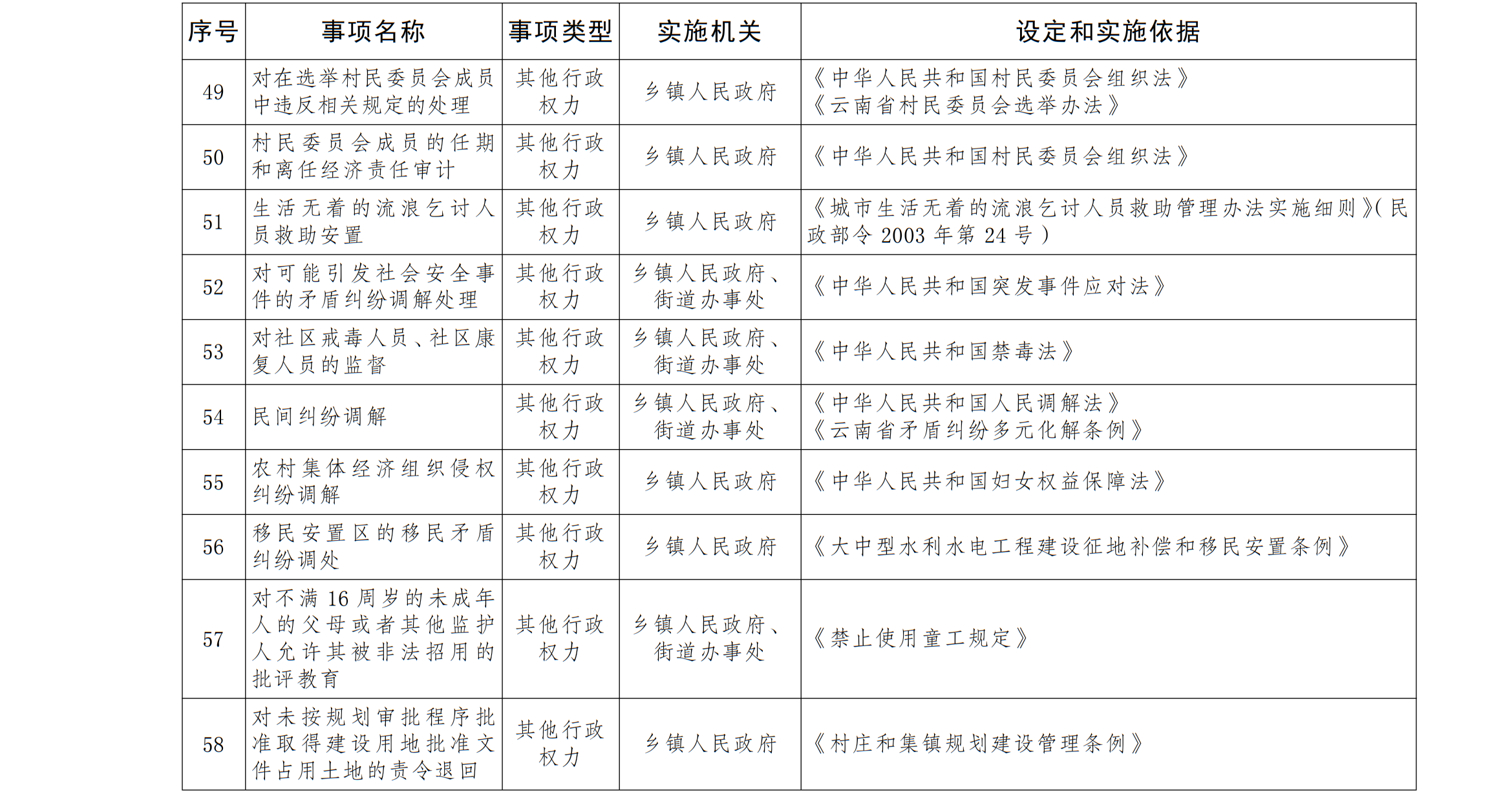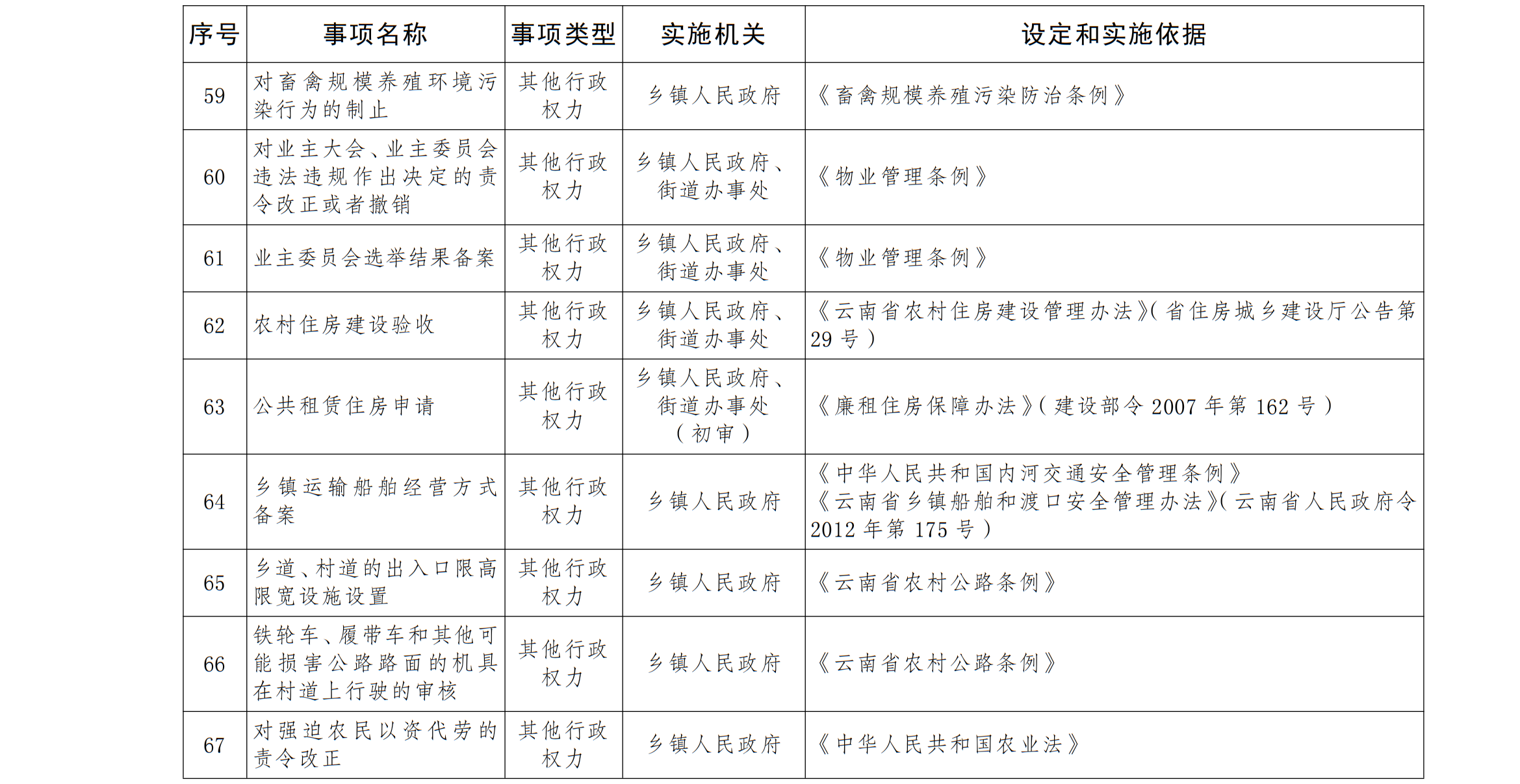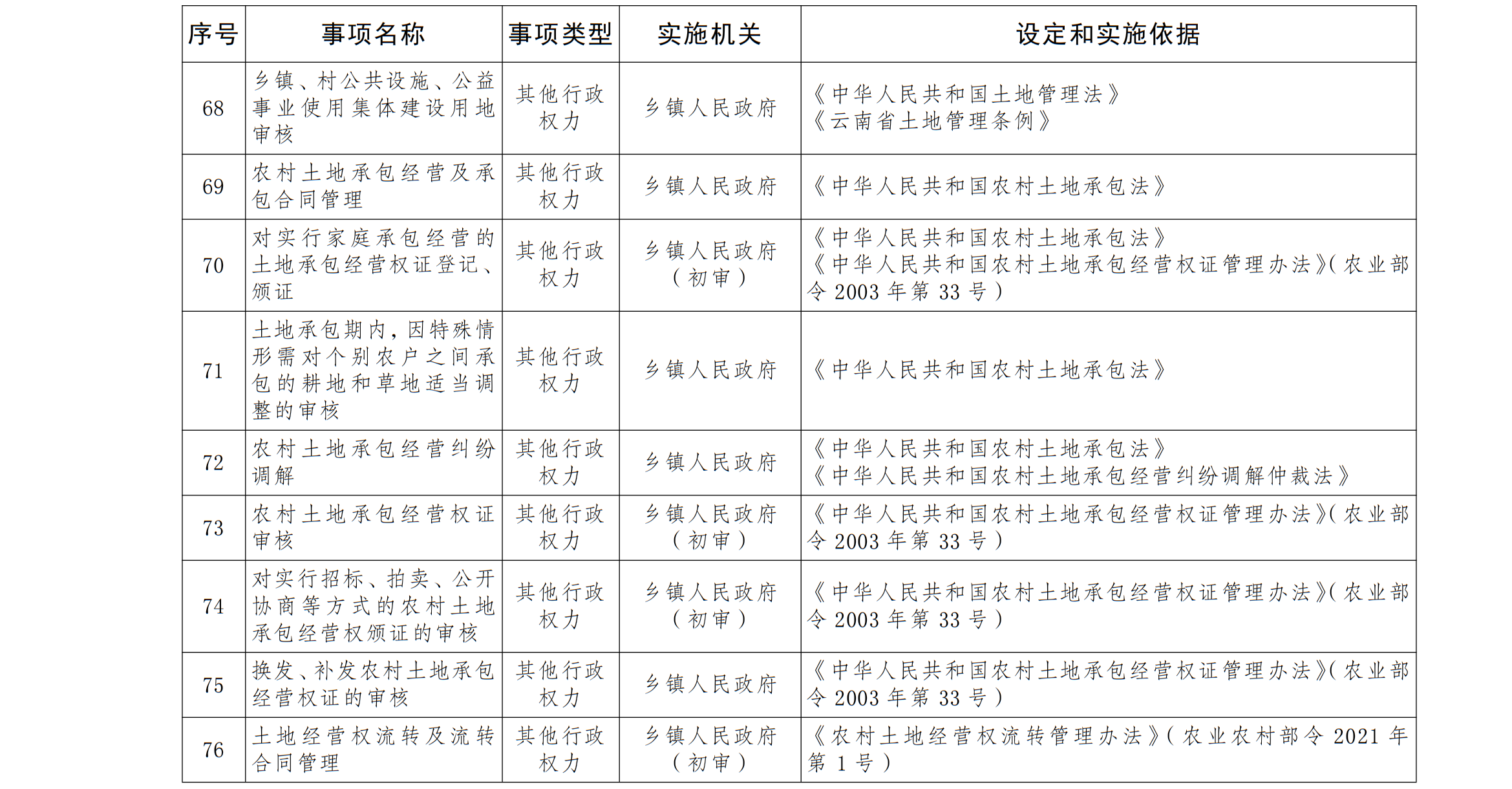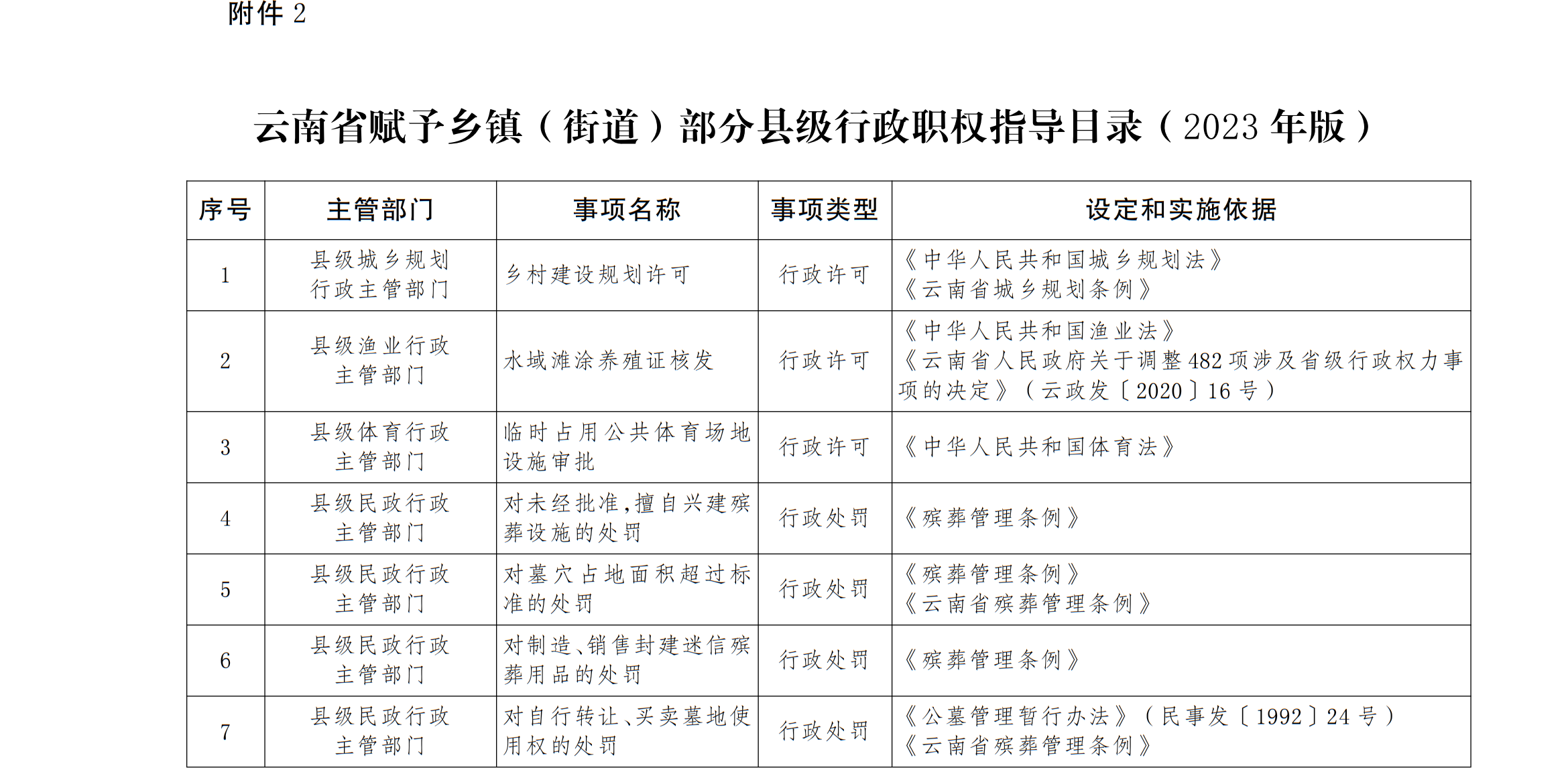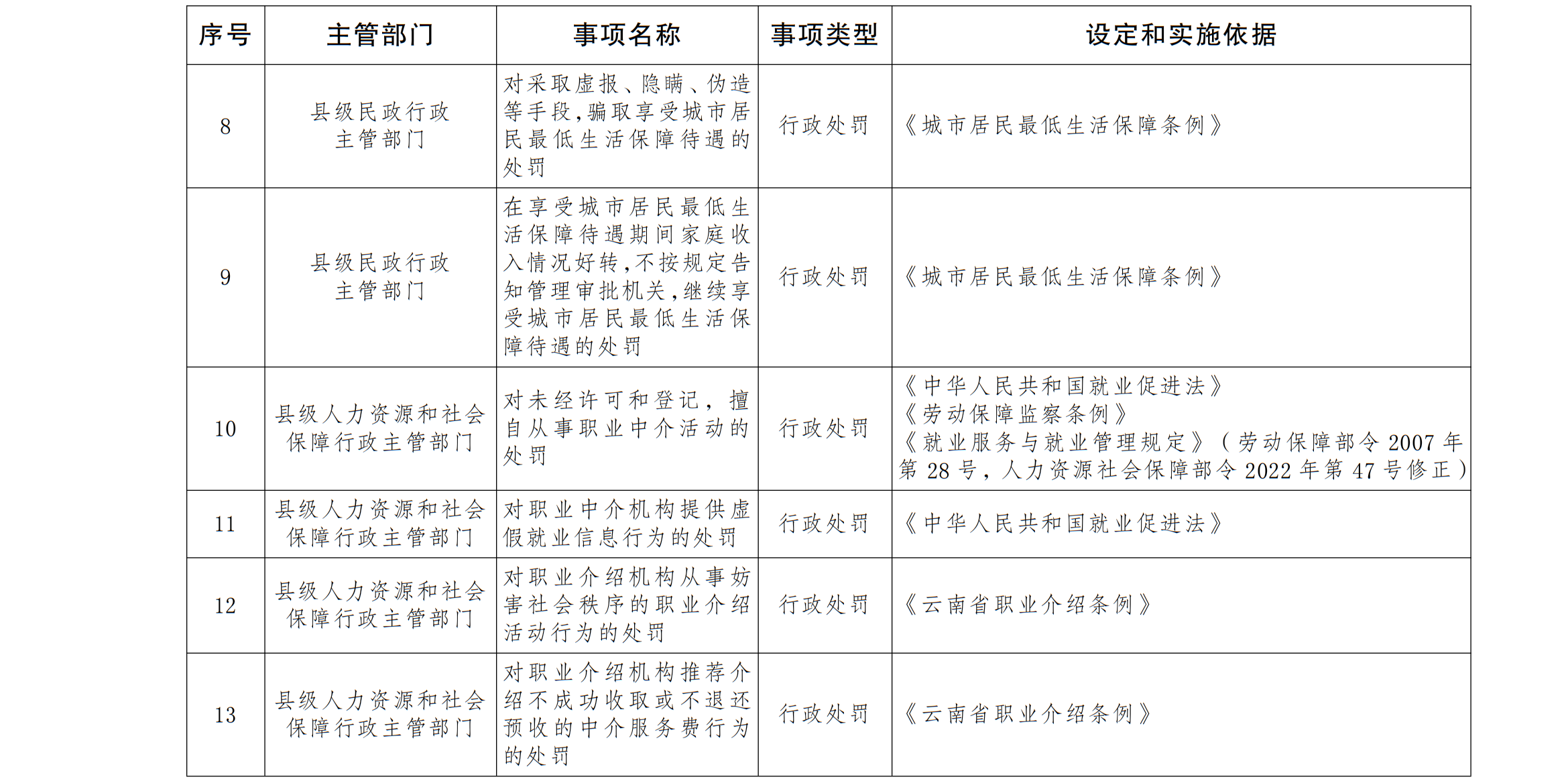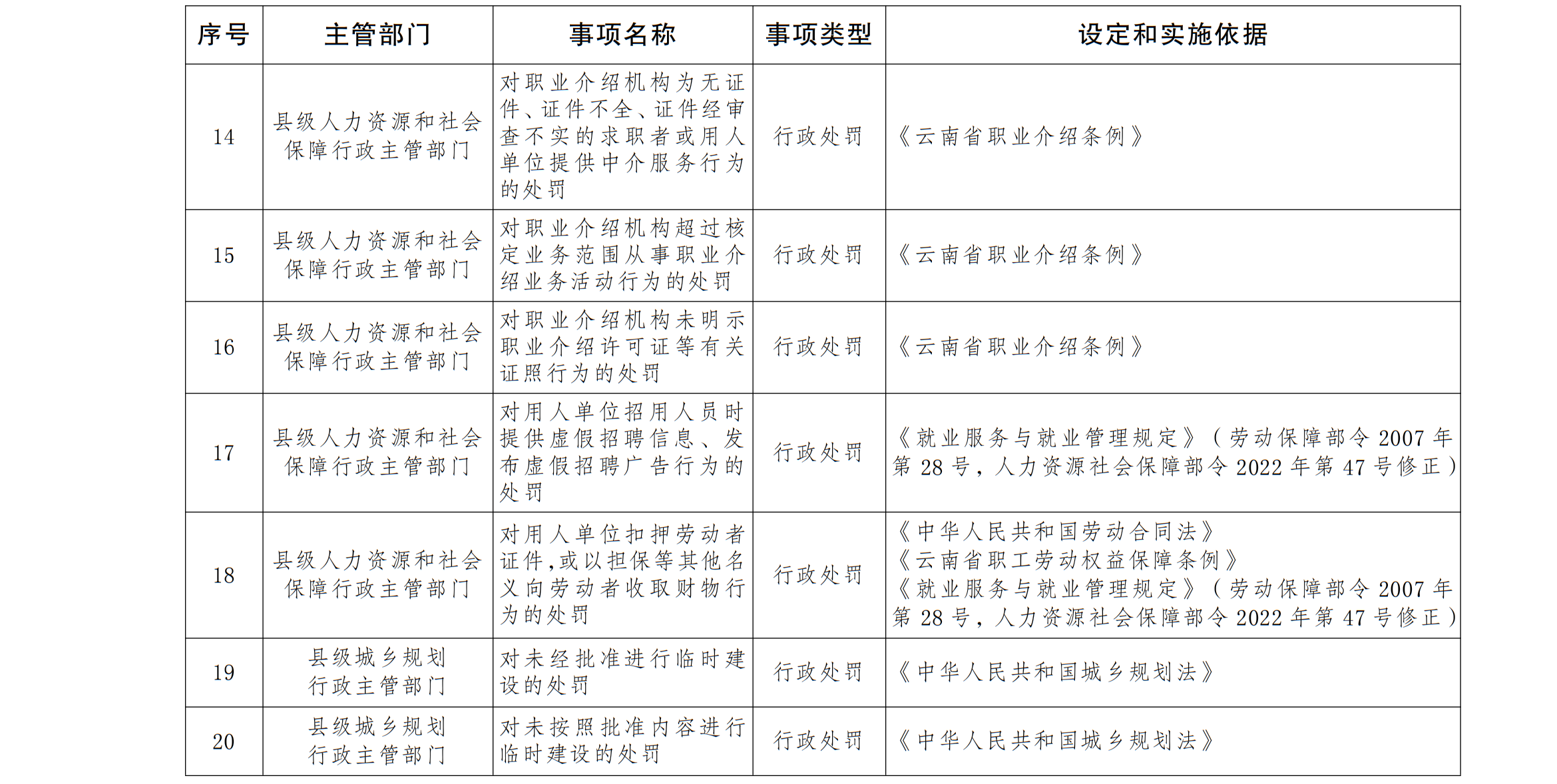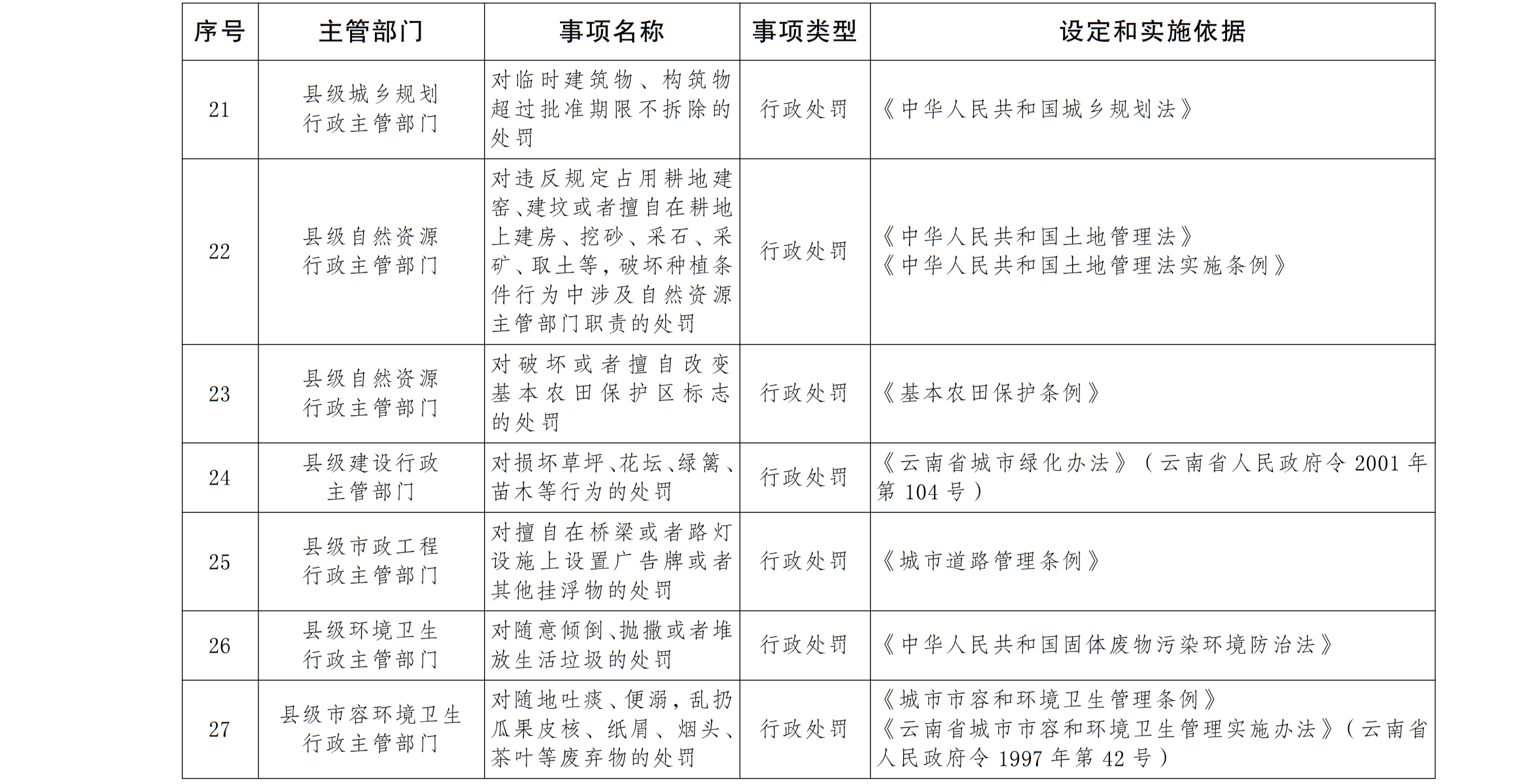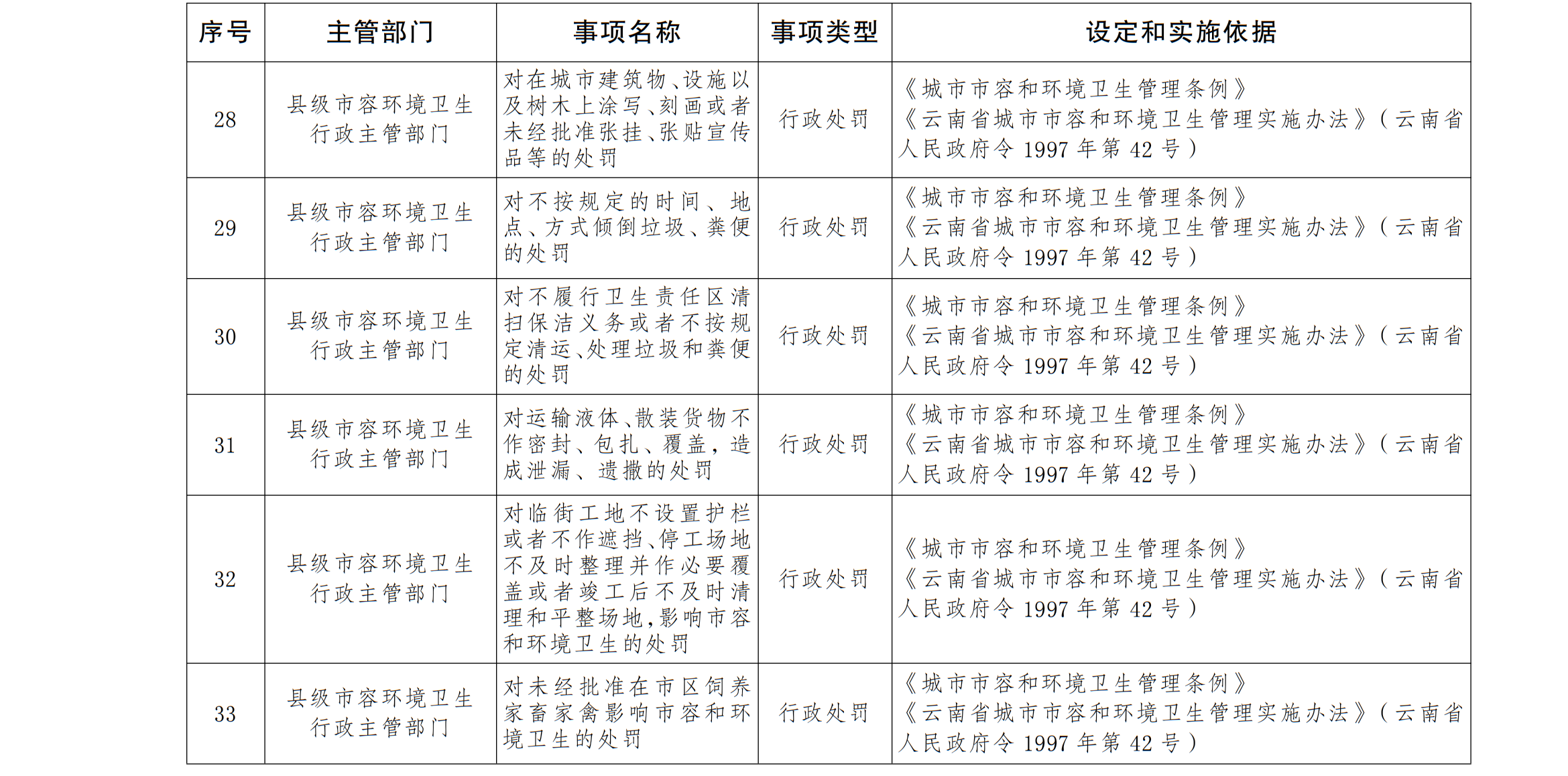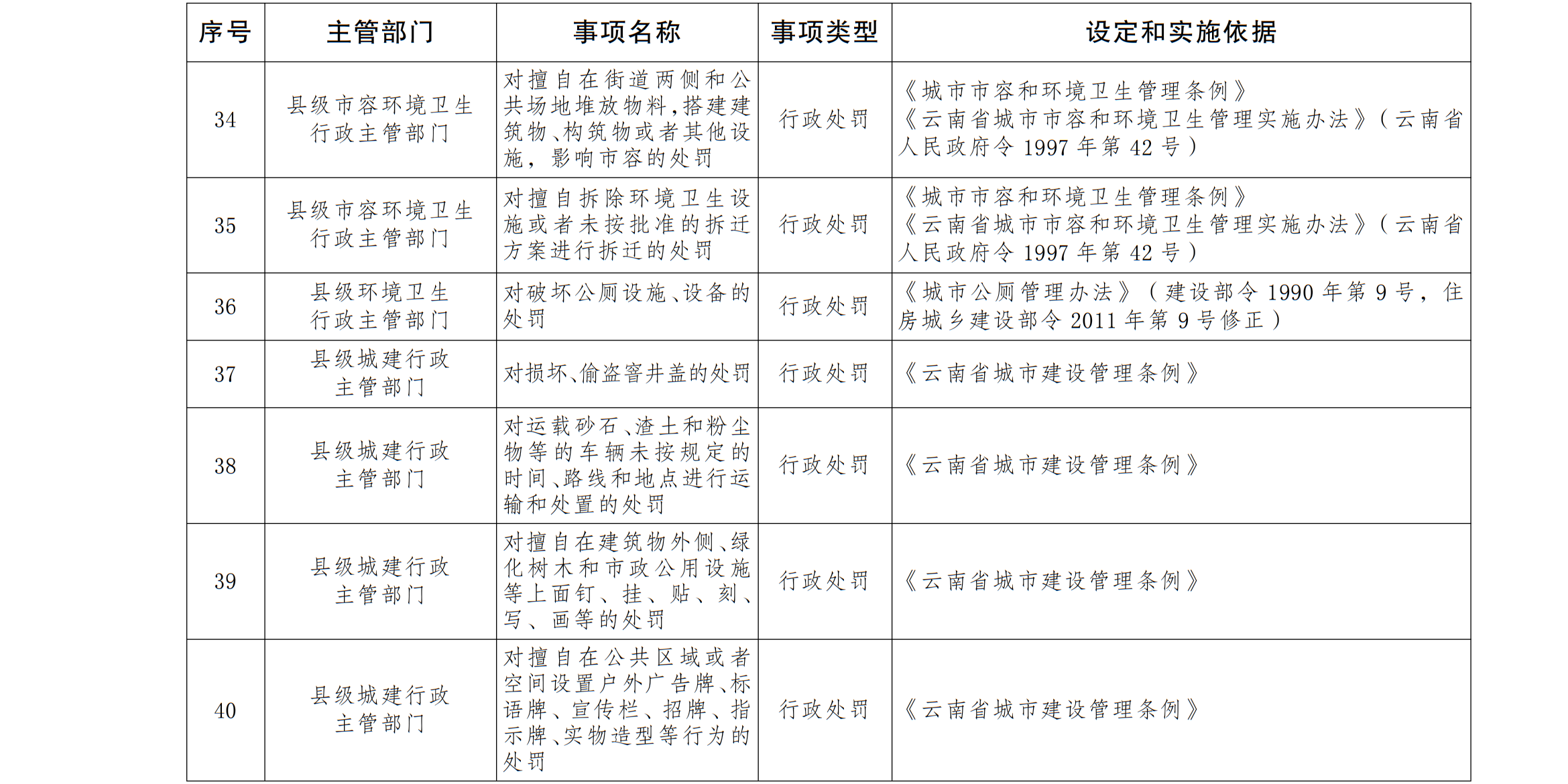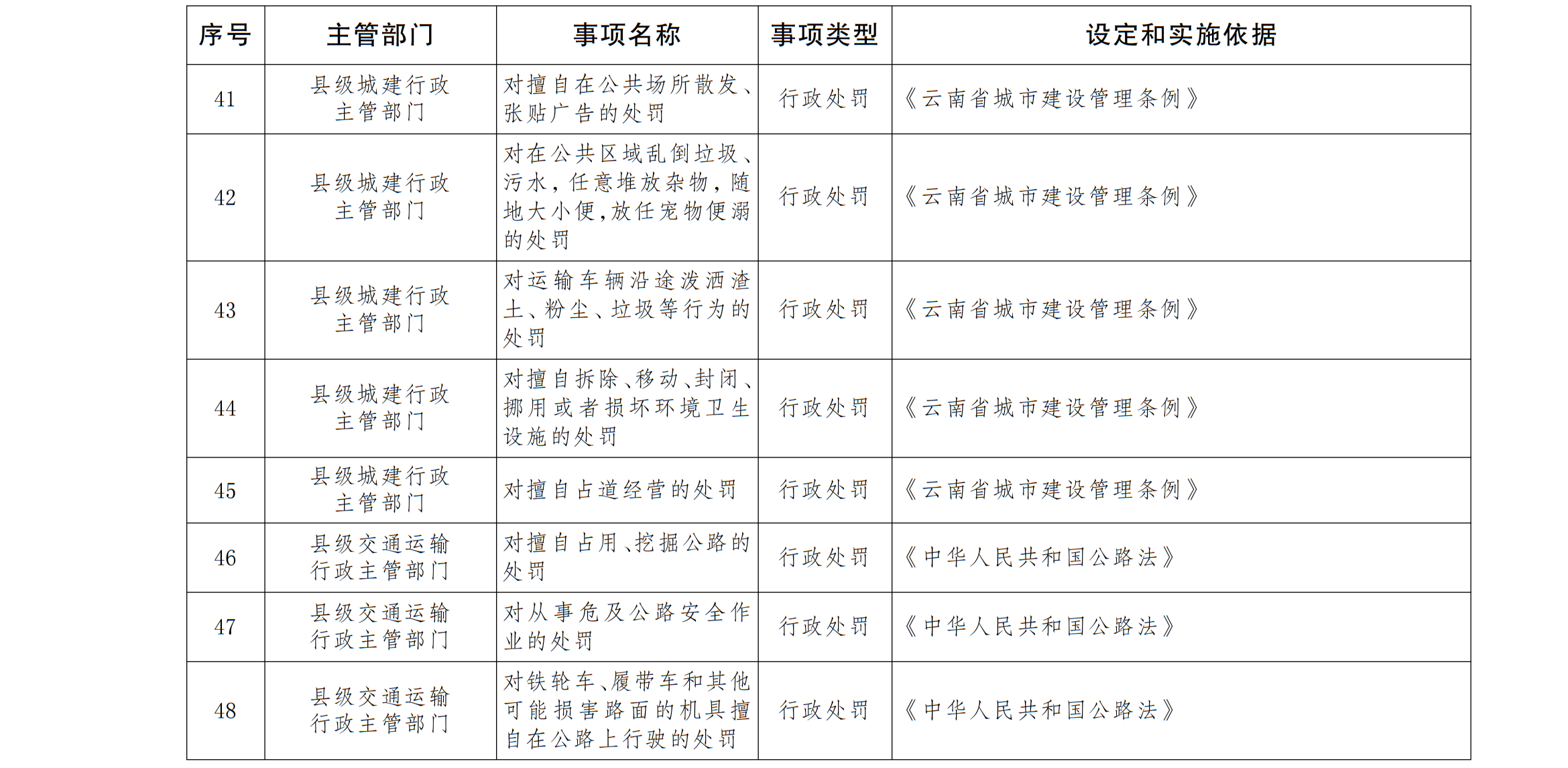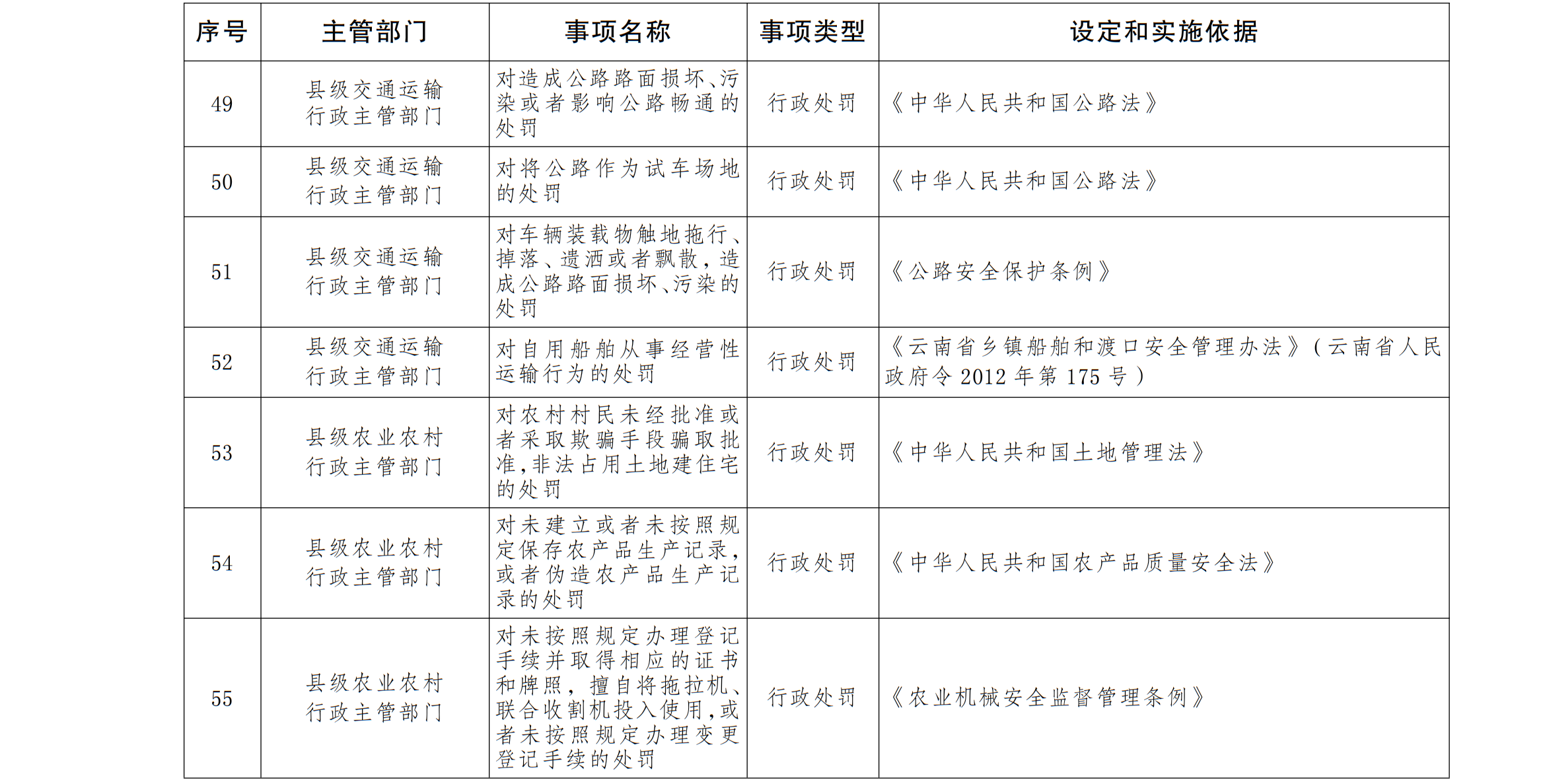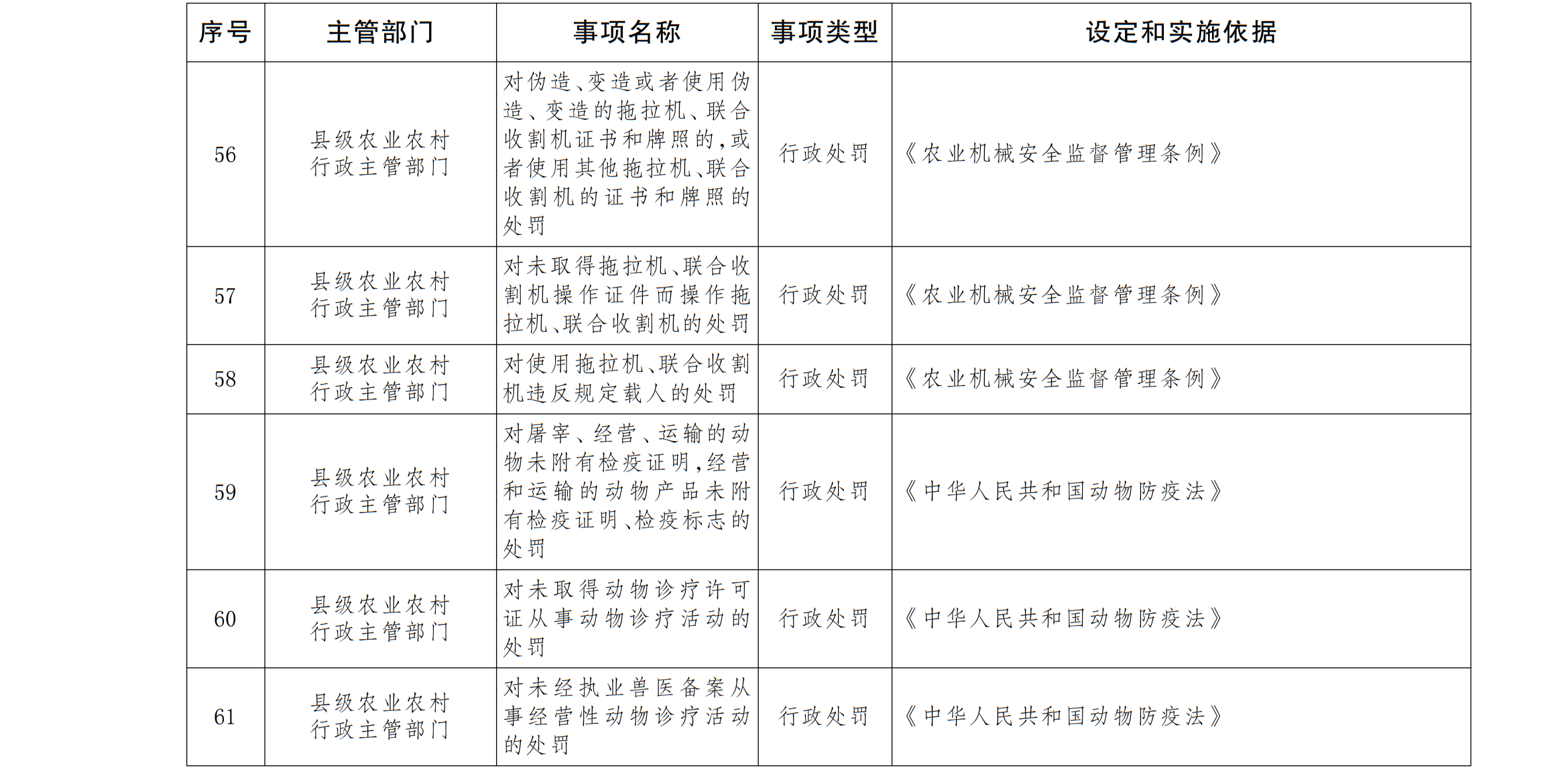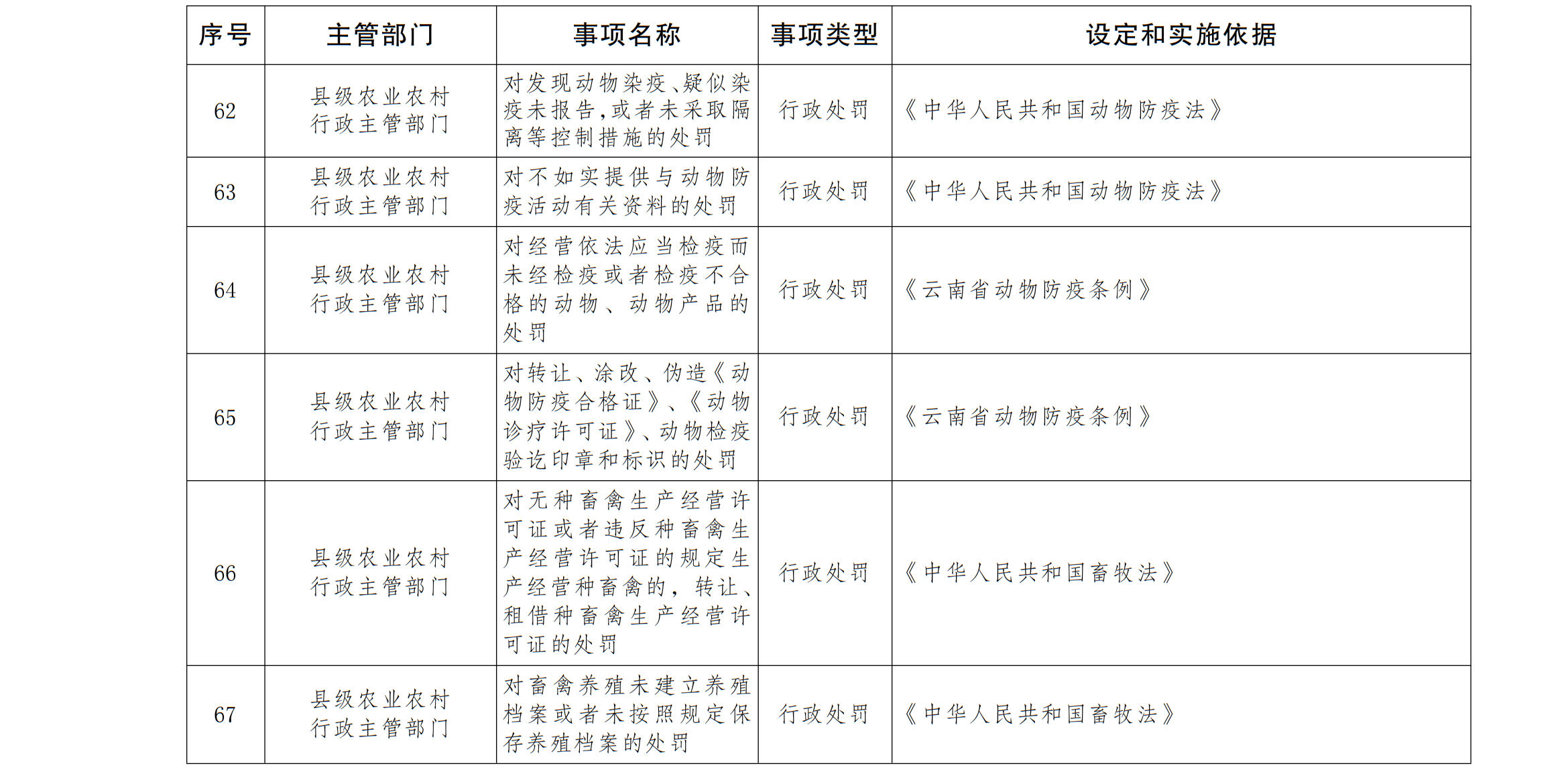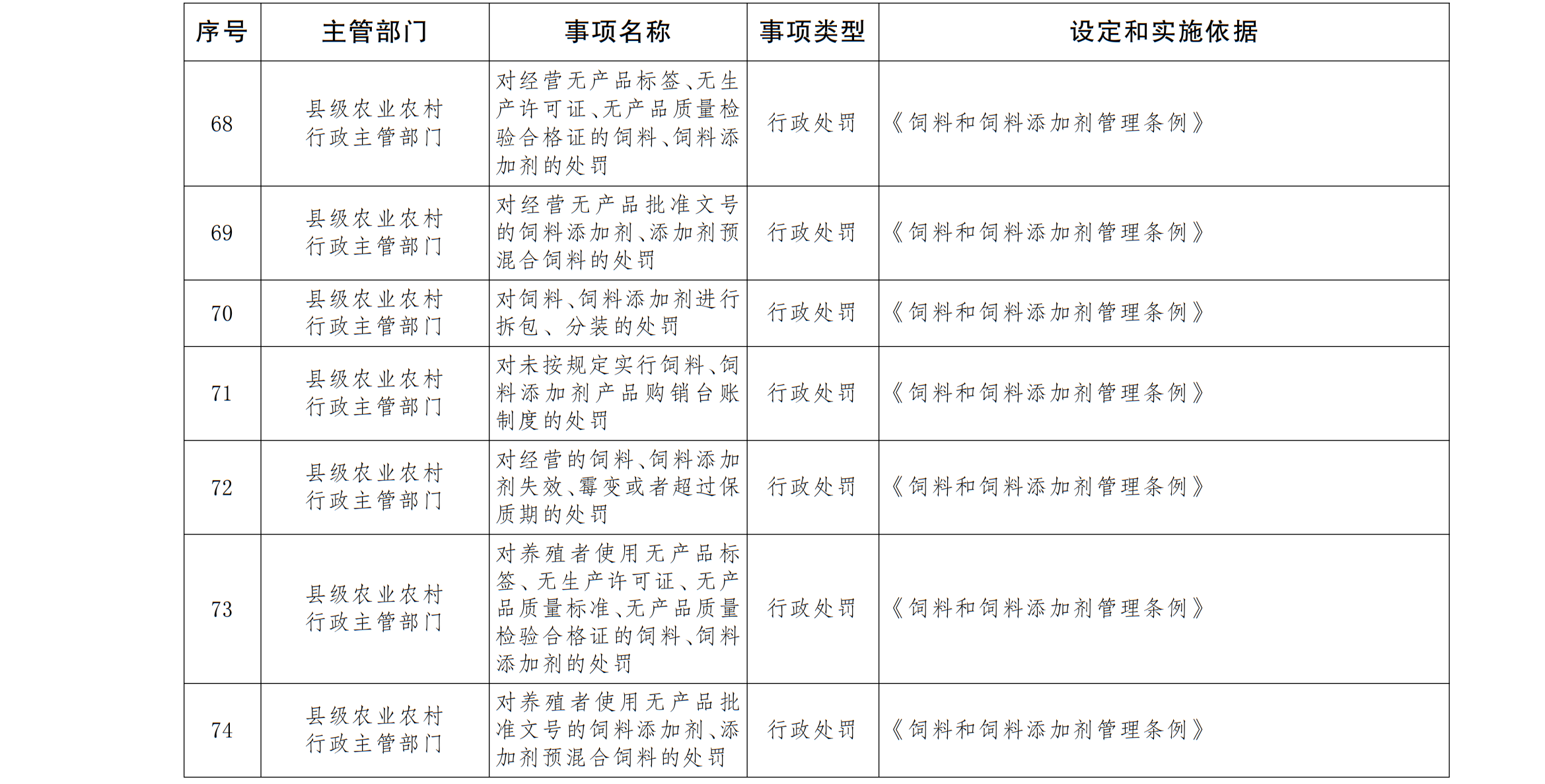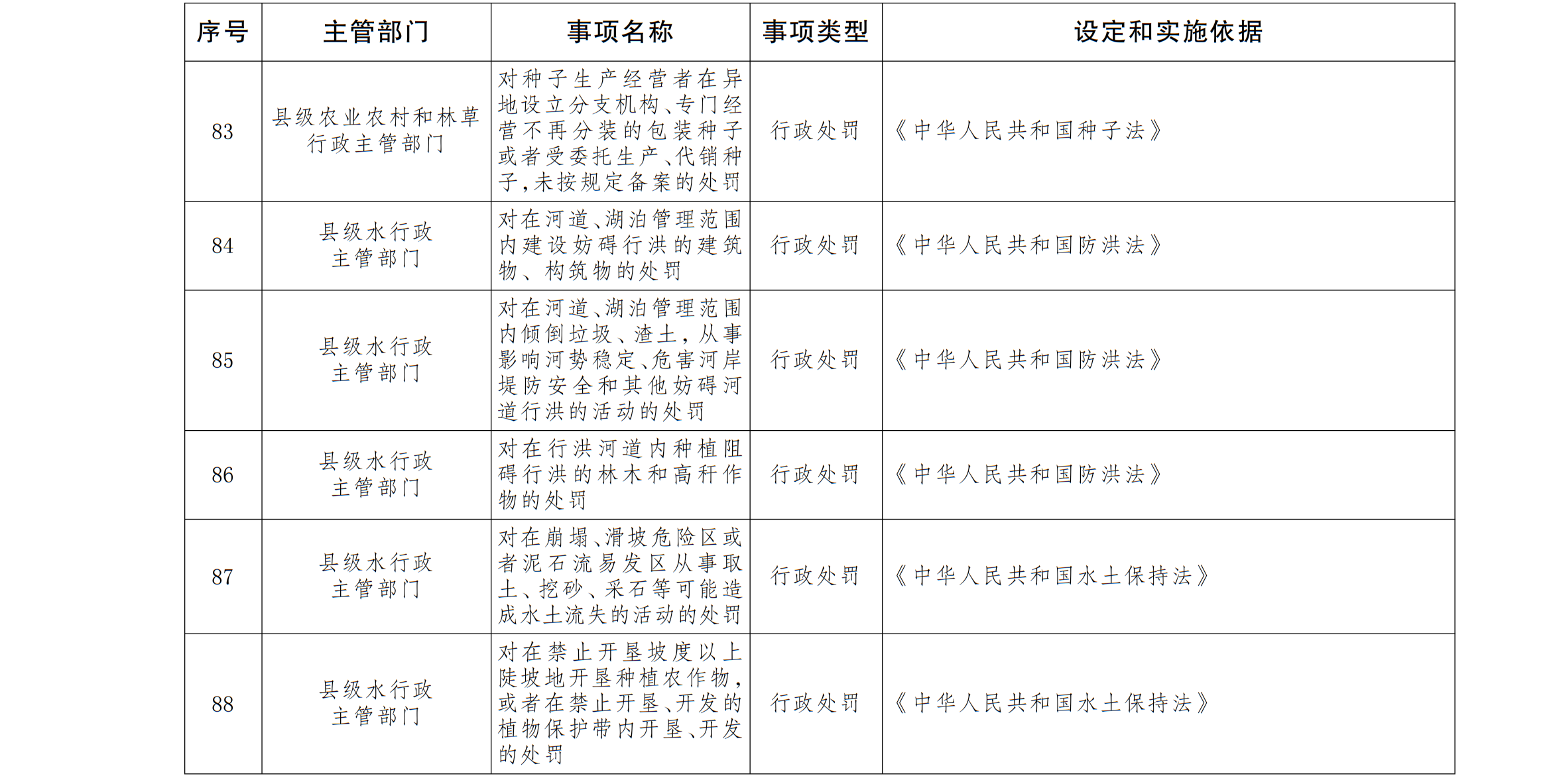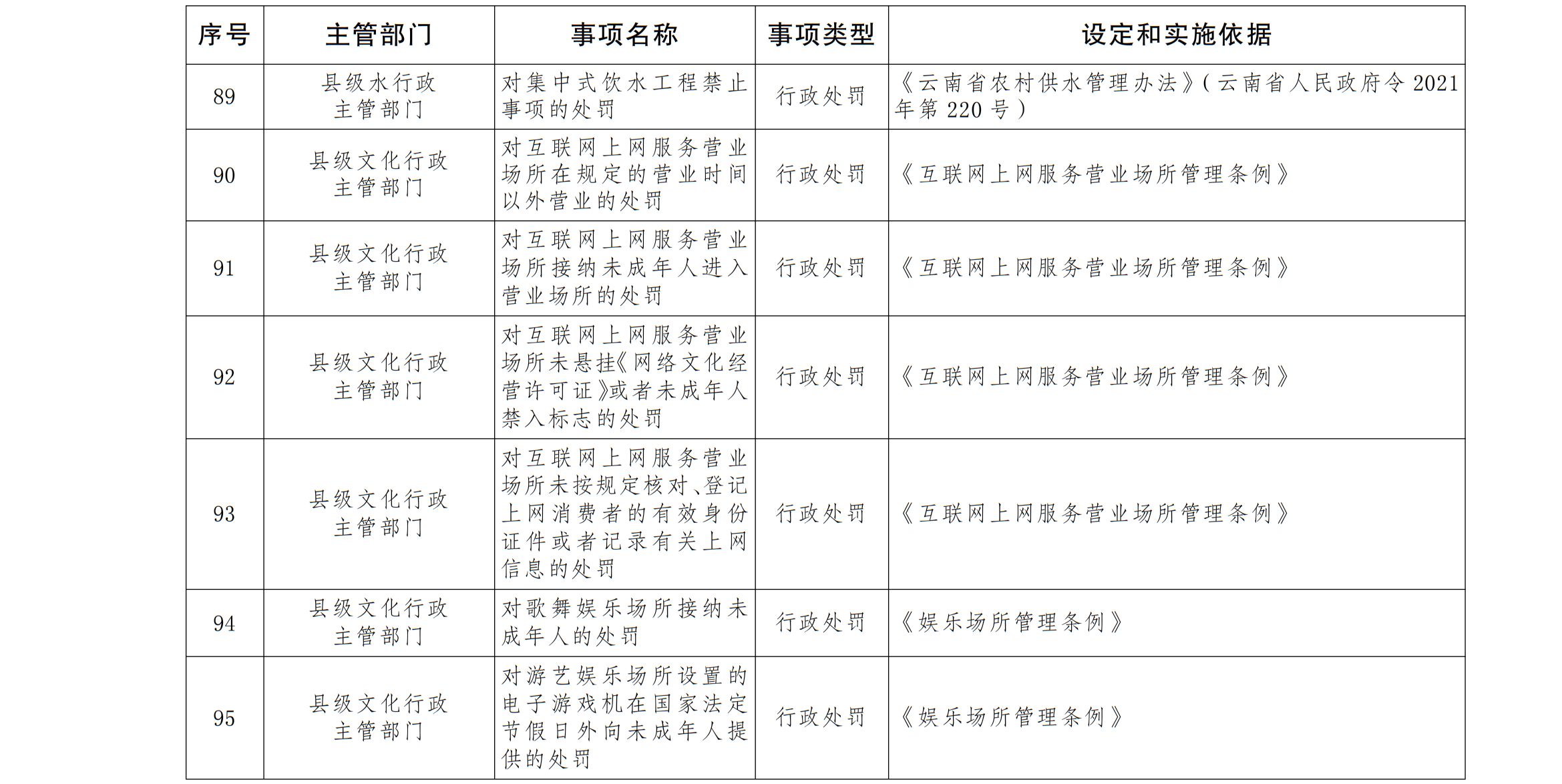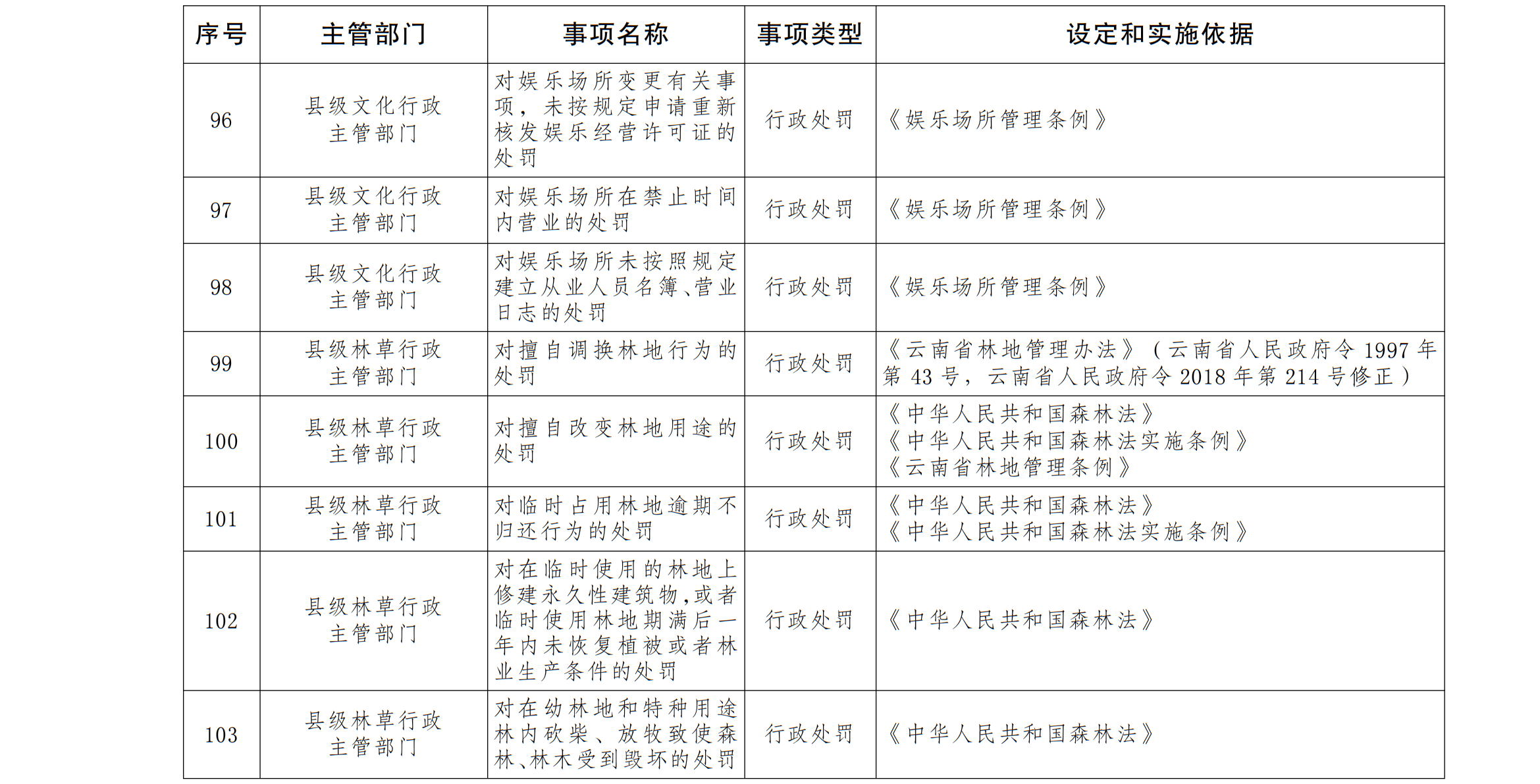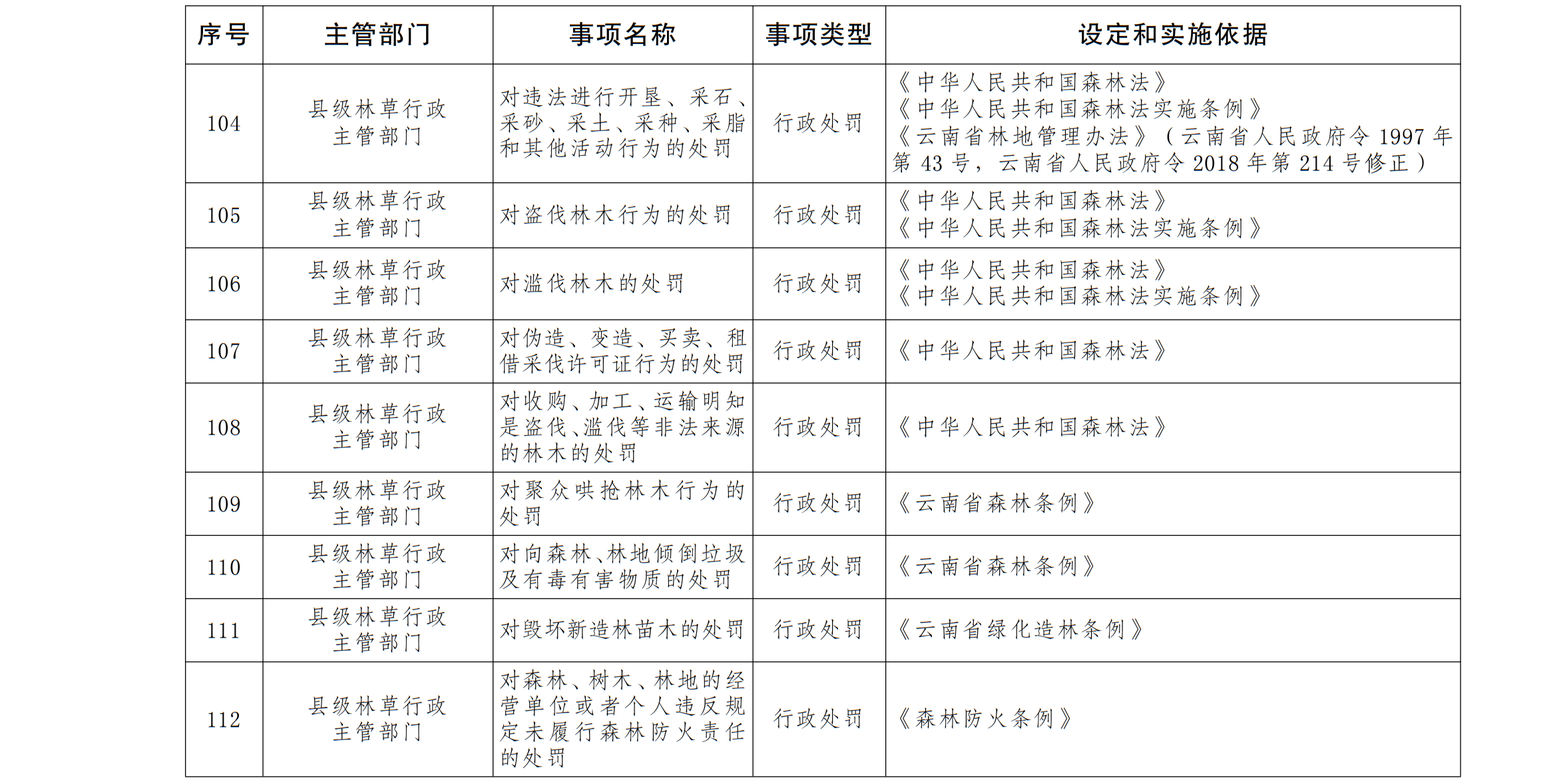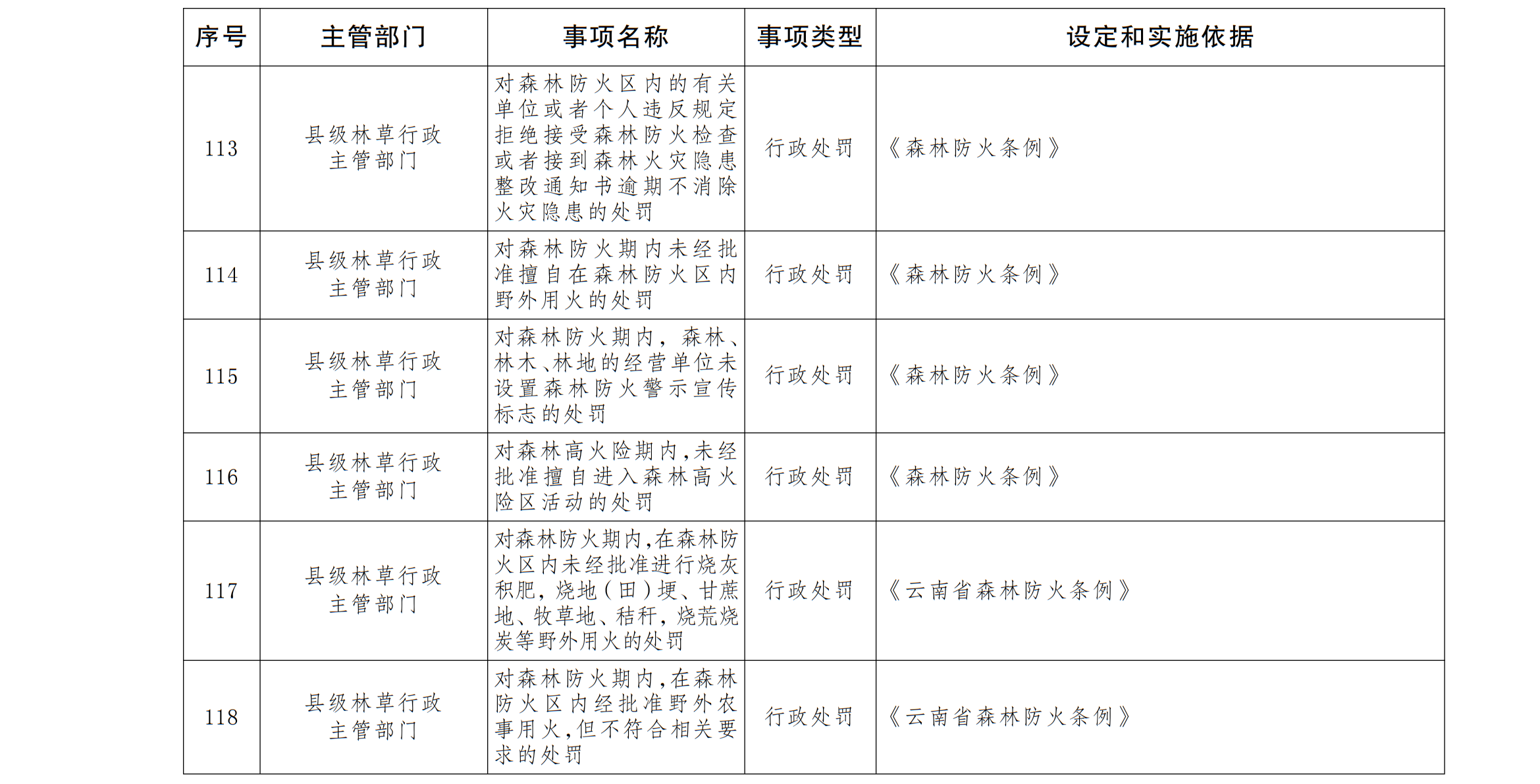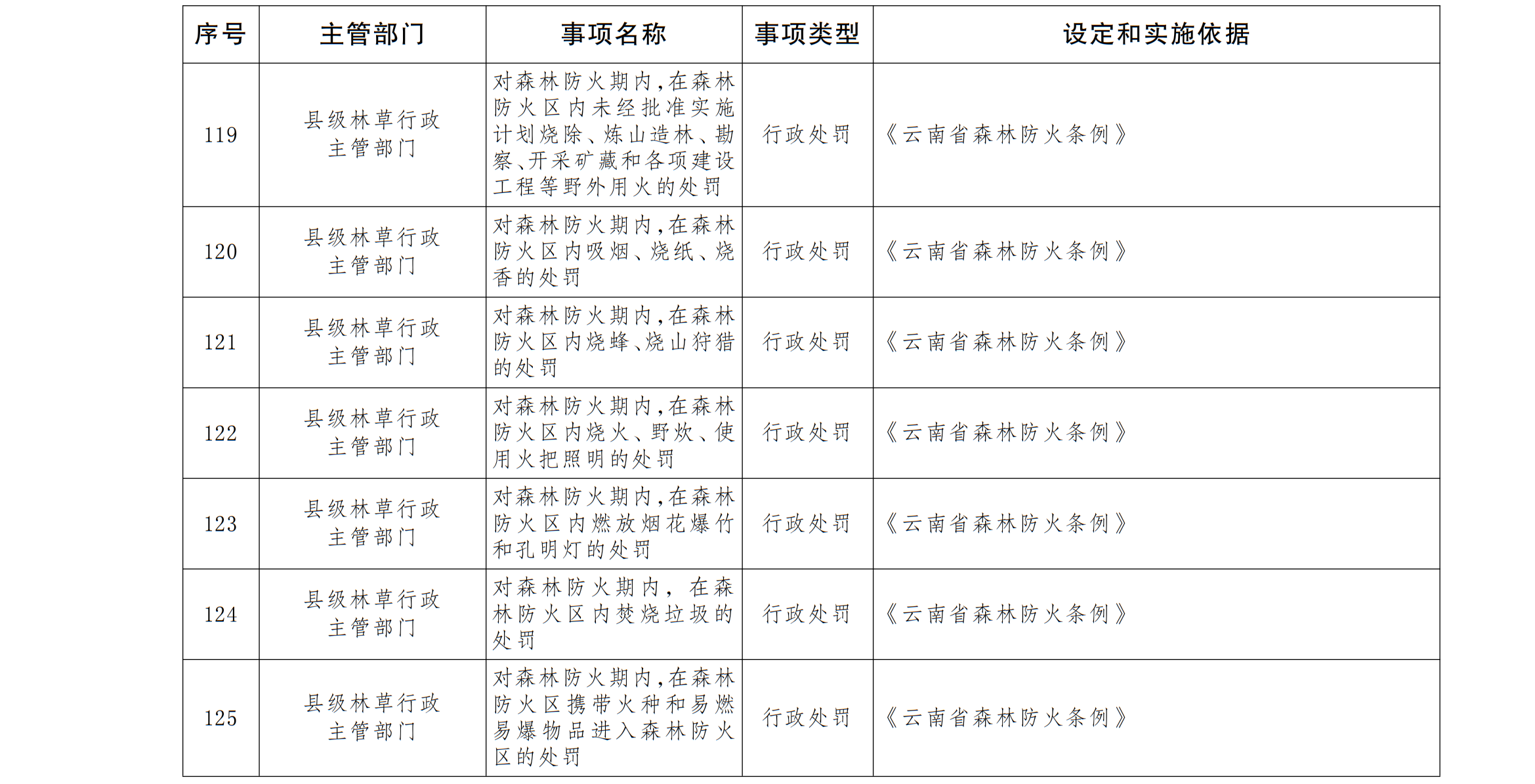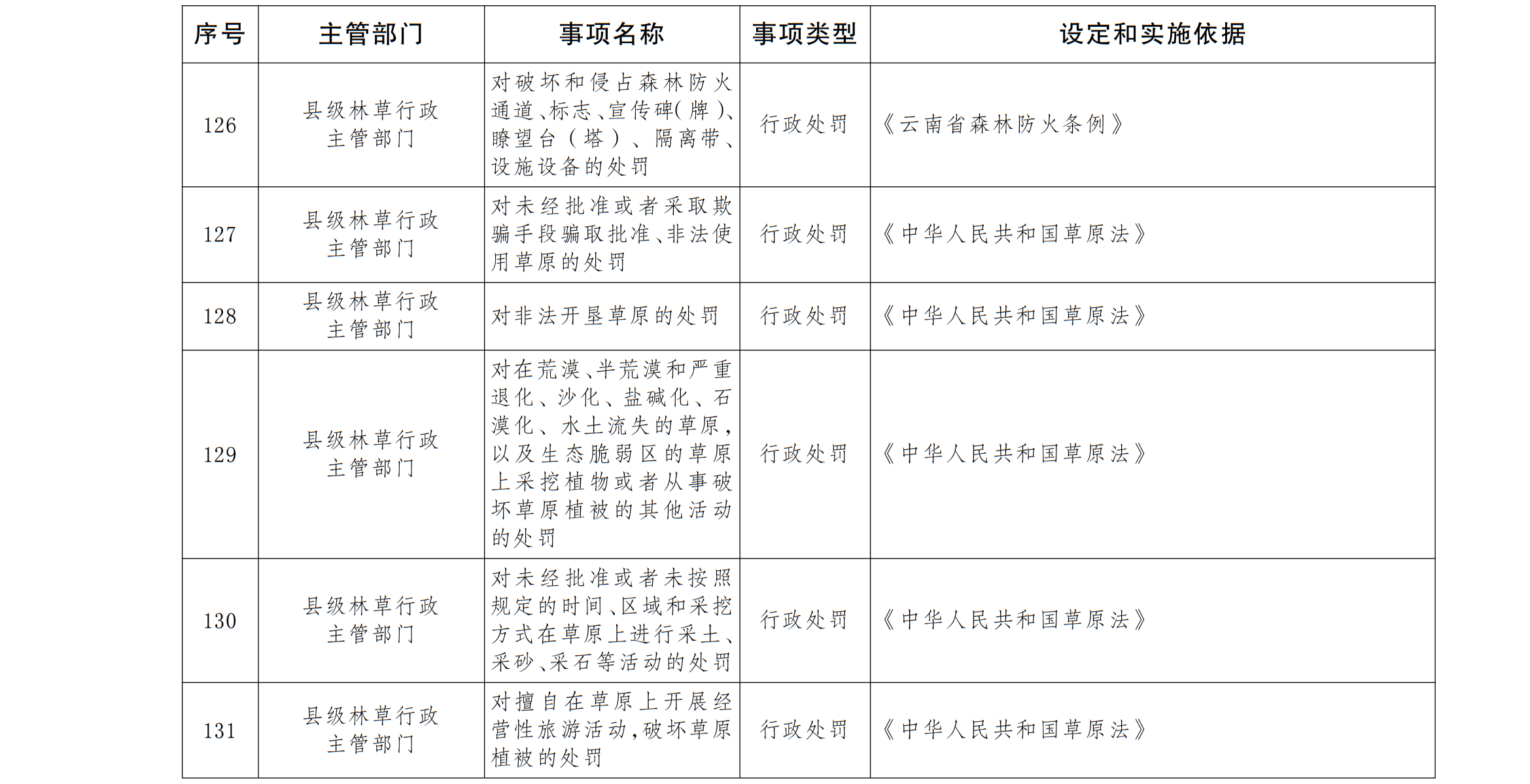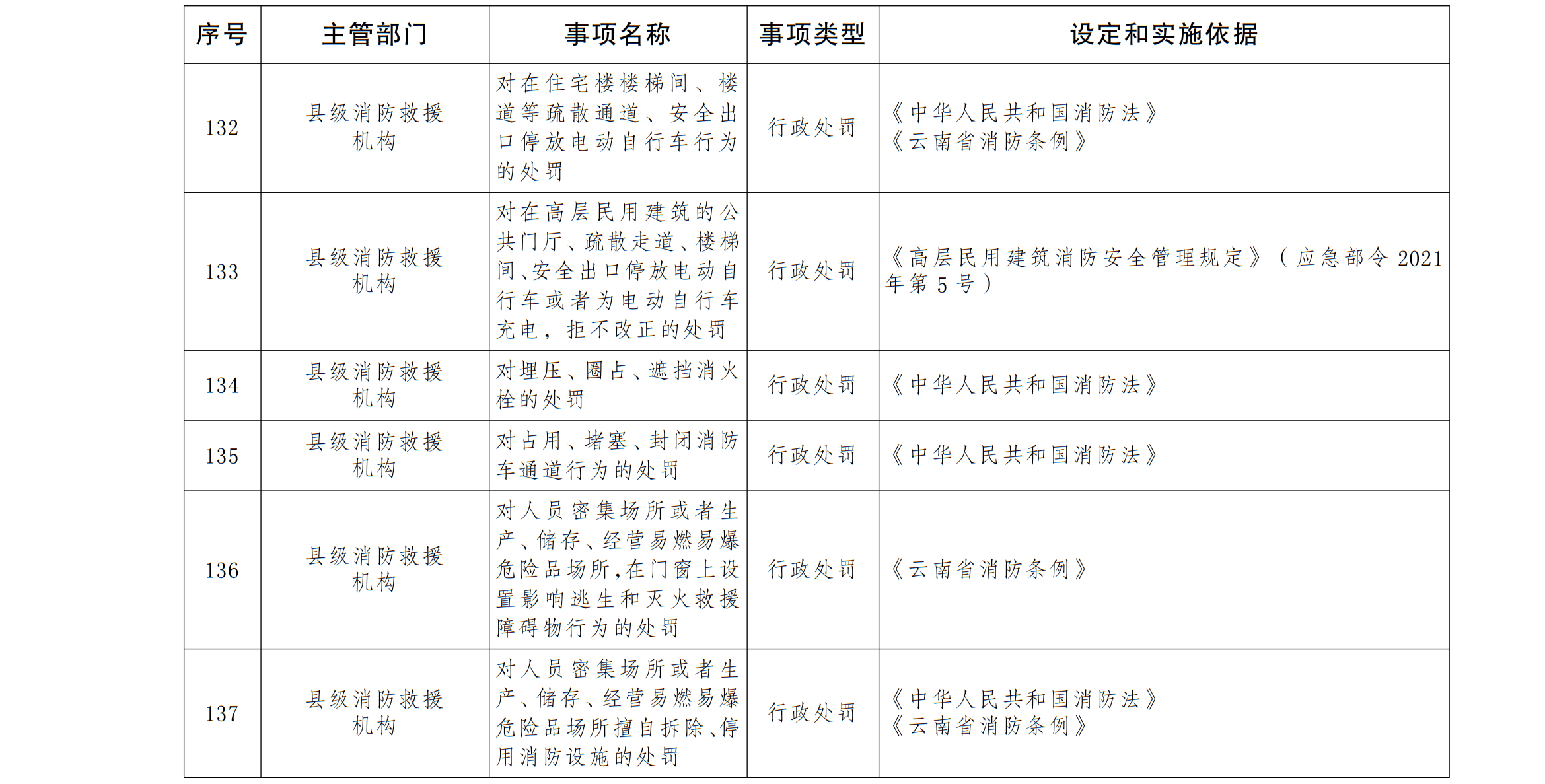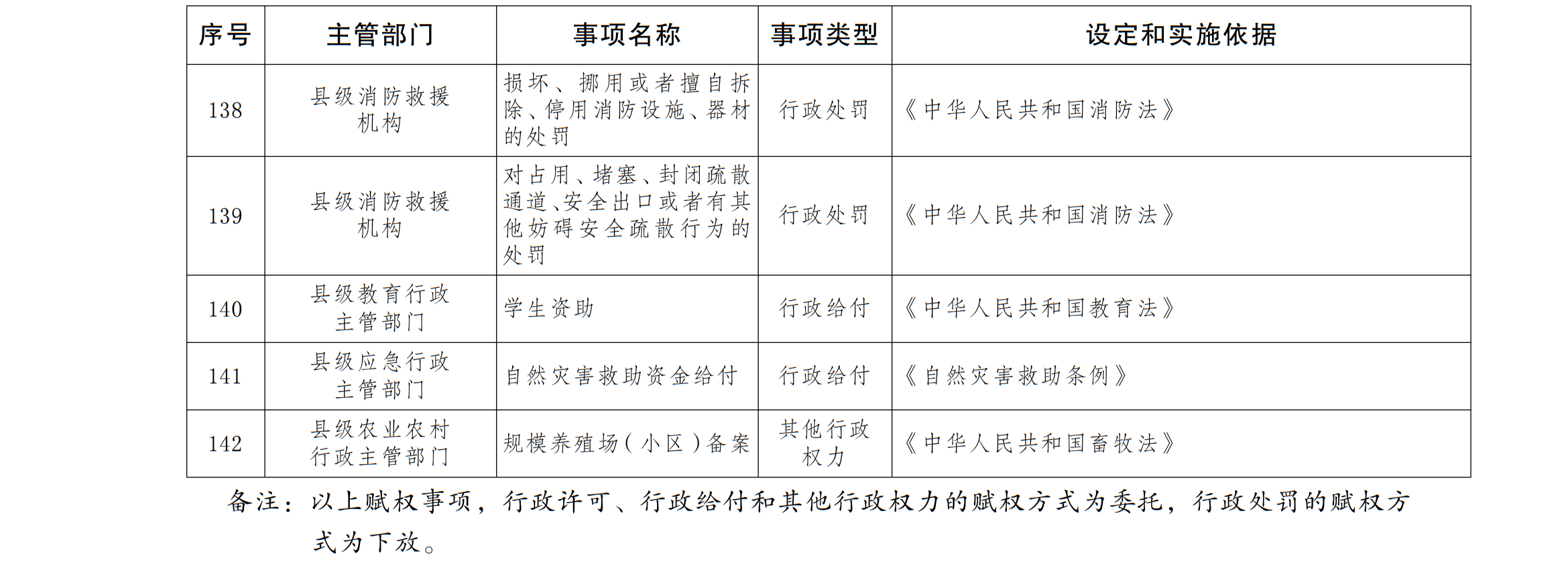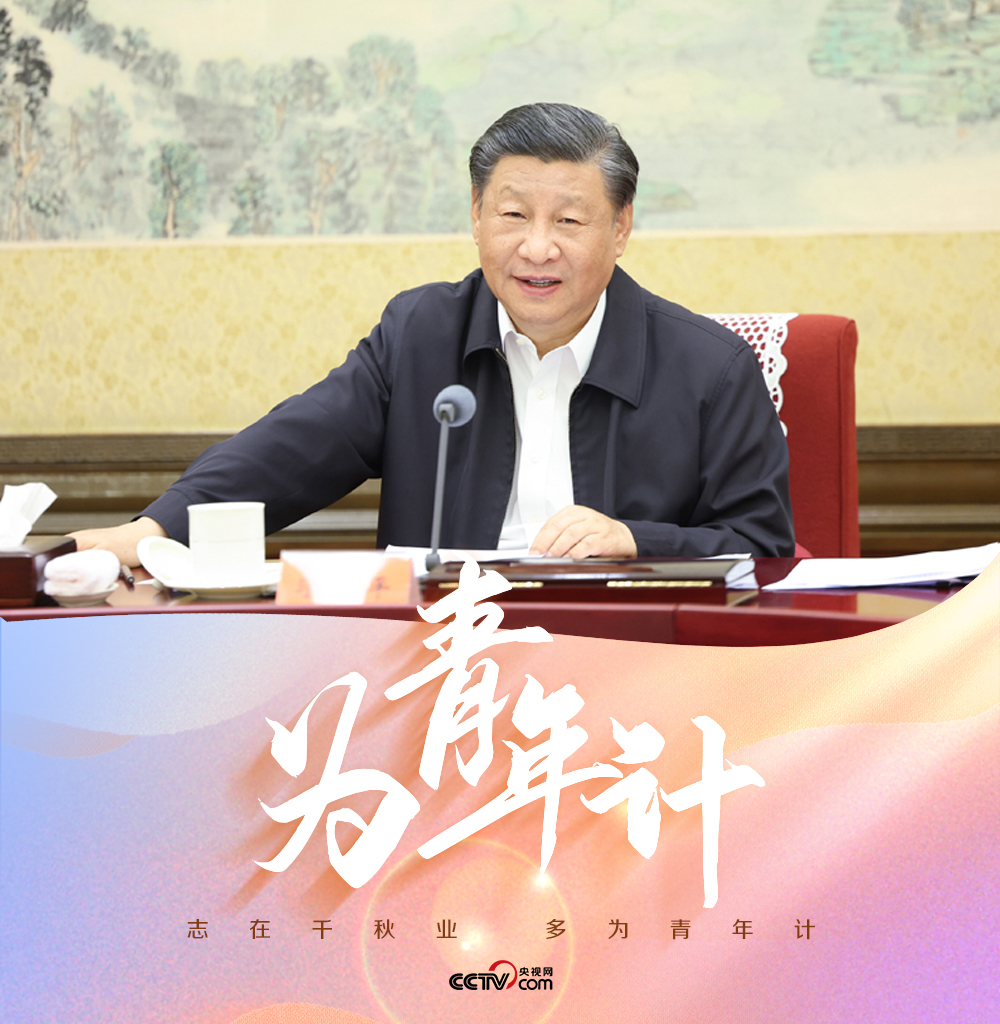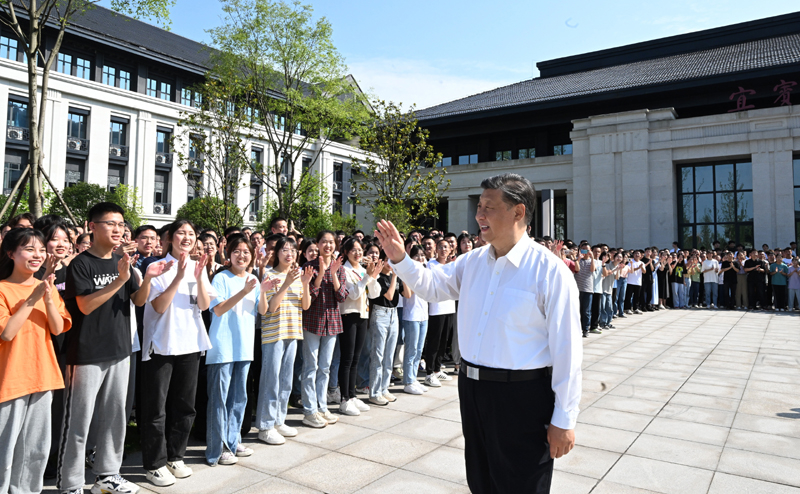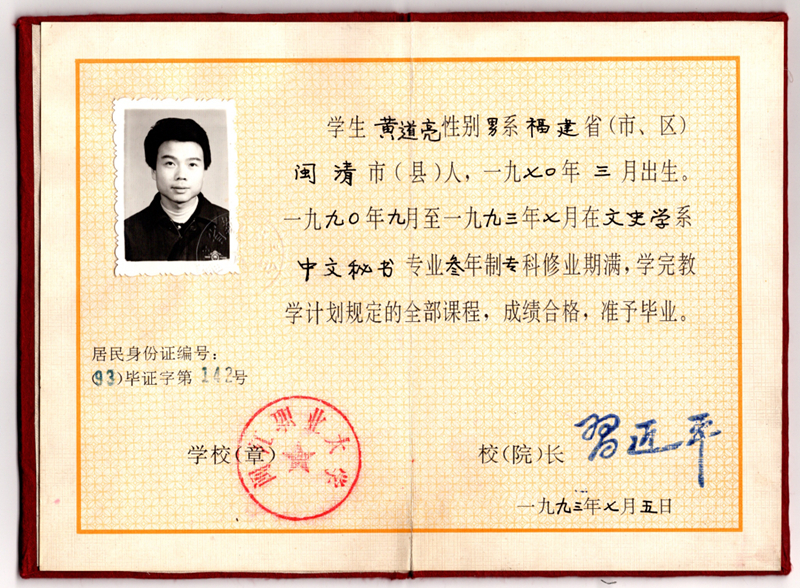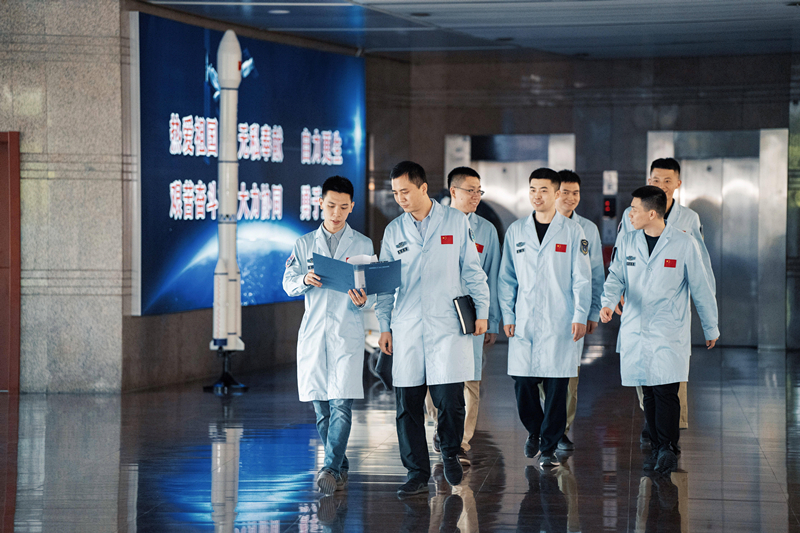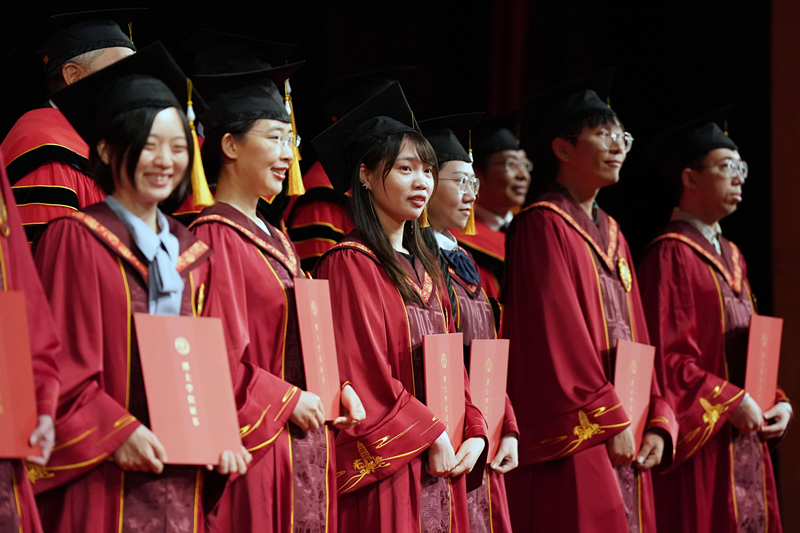international
Zhongxin. com, December 27 (Reporter Li Jinlei) Outbound travel will resume.
On December 26th, the "Overall Plan for Implementing" Class B and B Management "for novel coronavirus Infection" was issued, which required that China citizens’ outbound tourism should be resumed in an orderly manner according to the international epidemic situation and various service guarantee capabilities.
In addition, the nucleic acid detection and centralized isolation of all employees after entry are cancelled. Those whose health declaration is normal and the routine quarantine at the customs port is normal may be released into the society. Cancel the number control measures of international passenger flights such as "five ones" and load factor restrictions.
The number of outbound travel searches has soared, and these places are popular.
After the news was released, the number of outbound travel searches on the travel platform soared instantly.
According to the data of Qunar platform, within 15 minutes after the news was released, the instantaneous search volume of international air tickets increased by 7 times, and the popular destinations were Thailand, Japan and South Korea.
According to Ctrip data, within half an hour after its release, the search volume of popular overseas destinations on Ctrip platform rose 10 times year-on-year, and the search for outbound air tickets (including China, Hong Kong, Macao and Taiwan) and overseas hotels reached the peak in three years.
Many outbound destinations that were hot before the epidemic began to increase significantly during the Spring Festival of the Year of the Tiger in 2023. According to Ctrip data, Macao, China, Hong Kong, China, Japan, Thailand, South Korea, the United States, Singapore, Malaysia, Australia and the United Kingdom have become the top ten destinations with the fastest growth in search volume. The search volume related to outbound and group tour products during the Spring Festival soared 6 times.
According to the data of the same travel platform, after the news was released, the instantaneous search volume of international air tickets on the whole platform increased by 850%; The number of visa searches has increased tenfold in an instant. The top three overseas destinations that China tourists are most concerned about are: Japan, South Korea and Thailand. The most popular destinations for outbound flights are Bangkok, Tokyo, Seoul, Los Angeles and Singapore. The main search users of outbound travel come from Beijing, Shanghai and Guangzhou.
The overall price of outbound travel machine wine is expected to fall back.
It is worth noting that although the total amount of outbound travel in China has always been low since the epidemic, the per capita consumption of outbound travel has not decreased, but increased. According to Ctrip data, in the past six months, the per capita spending on air tickets and high-star hotels in the mainland has increased by 64% and 40% respectively compared with before the epidemic.
Fang Zezhen, an industry analyst at Ctrip Research Institute, believes that with the recovery of the tourism supply side and the control of inflation in major economies around the world, the overall price of outbound travel machine wine is expected to fall back to the pre-epidemic level; However, there are still short-term constraints on the recovery of supply-side facilities and manpower, so it still takes some time for prices to fall back.
However, from a local perspective, the per capita expenditure of high-star hotels in Asian countries has declined. Ctrip data shows that the prices of five-star hotels in Thailand, Japan, South Korea, Malaysia and other countries in the past six months have dropped by 20-30% compared with those before the epidemic. For example, the per capita spending of five-star hotels in Thailand and Vietnam has dropped by about 20% compared with the same period in 2019; The price of five-star hotels in Malaysia dropped by 30%; Japan and South Korea dropped by about 20%.
Lan Xiang, Dean of Qunar Big Data Research Institute, analyzed that the adjustment of entry and exit policies is conducive to promoting the orderly recovery of international flights, and the number of inbound and outbound passengers will pick up in the short term. With the gradual normalization of the relationship between supply and demand of inbound and outbound air tickets, the overall price of international air tickets will gradually decrease. However, compared with the average price before the epidemic, the current international air ticket price is still at a high level, and the overall international flights still need some time to return to normal levels. For routes with a large number of flights, such as Japan, South Korea and Southeast Asia, ticket prices may rise. With the implementation of the policy and the recovery of the airline’s operational capacity, the summer of 2023 may usher in the peak of entry and exit.
Press the "accelerate button" for outbound travel recovery.
It is worth noting that the "supply side" of visas still has certain restrictions in the short term. Ctrip visa related person said that the current passport is newly issued or expired, and it is still handled primarily for business, study abroad, visiting relatives and other needs; The vast majority of overseas countries have opened visa processing, but due to the domestic epidemic, many consulates are short of staff, which leads to the delay in visa processing.
But even so, the enthusiasm of China users for outbound travel is still hard to contain. Ctrip visa data shows that since December 7, the number of overseas visa applications has increased by more than 12 times compared with last year, and Singapore, Japan, South Korea, the United States, the United Kingdom, Australia and other countries have a high degree of enthusiasm.
Fang Zeqian believes that the release of the new regulations ensures a smoother environment for cross-border travel from the policy level and will effectively mobilize tourists’ willingness to travel. The spring of outbound travel has arrived.
China tourism academy recently released the annual report on the development of outbound tourism in China (2022— 2023) shows that from 2020 to 2022, the number of outbound tourists in China has decreased by 400 million, and outbound tourism has been seriously damaged. The resumption of outbound travel inspired by the New Deal will effectively restore tourists’ confidence, and make the backlog of outbound travel demand during the epidemic begin to be released. The implementation of the new policy will press the "acceleration button" for the recovery of outbound travel.


